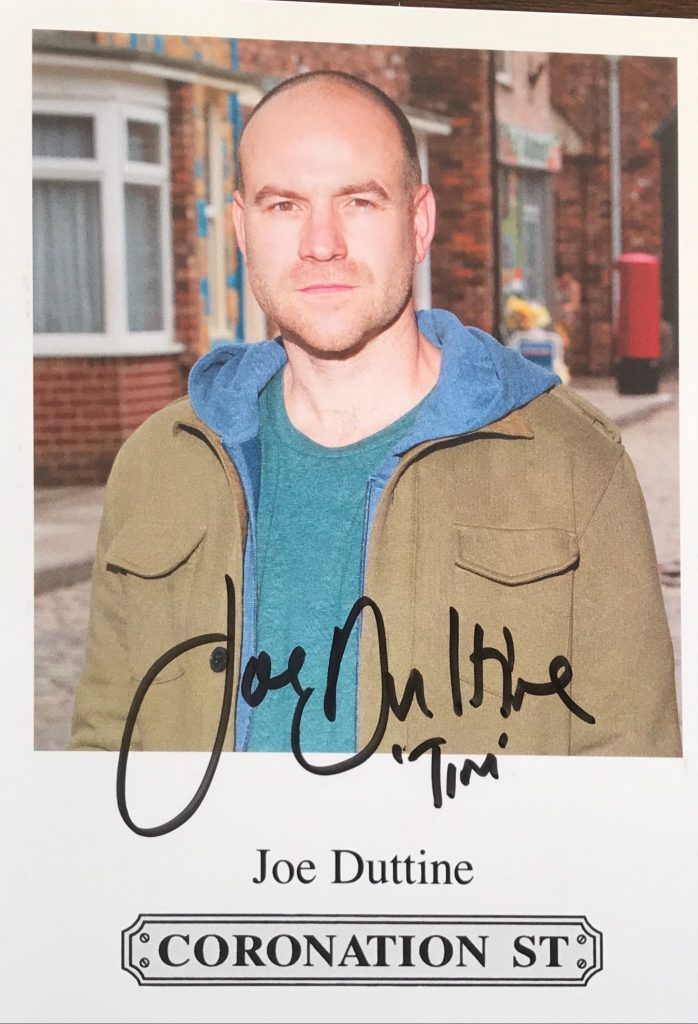
Joe Duttine was born in 1970 in Bradford, West Yorkshire. He has appeared in such television series as “Pie in the Sky”, “Life on Mars”, “Shameless” and “Coronation Street”. His films include “My NIght With Reg” in 1997.
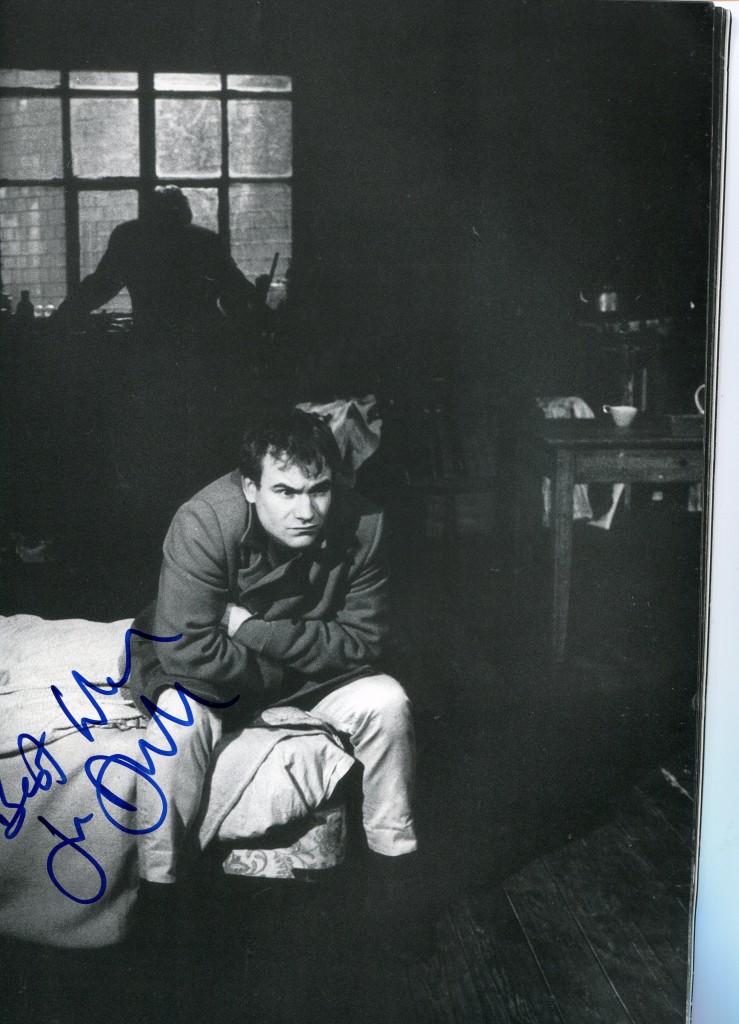

Contemporary Actors

Joe Duttine was born in 1970 in Bradford, West Yorkshire. He has appeared in such television series as “Pie in the Sky”, “Life on Mars”, “Shameless” and “Coronation Street”. His films include “My NIght With Reg” in 1997.

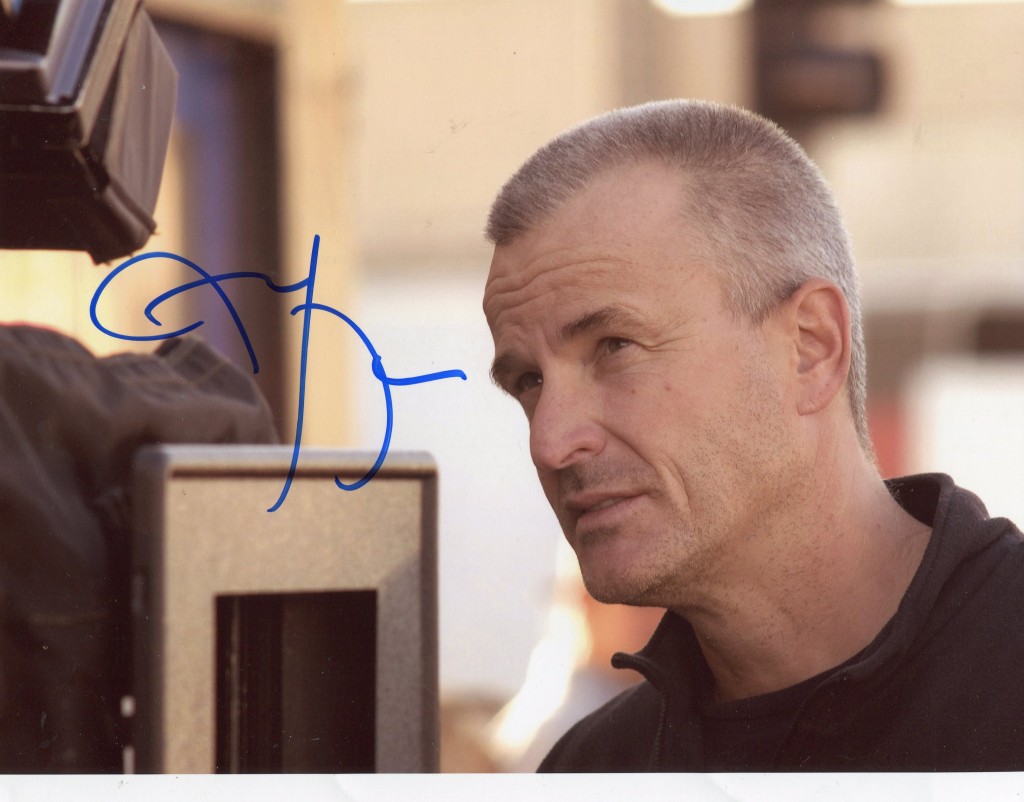
Nick Cassavettes was born in New York in 1959. He is the son of John Cassavettes and Gena Rowlands. He has acted in such films as “Faces/Off” and “The Astronaut’s Wife” , He has directed such movies as “Unhook the Stars” and the wonderful “The Notebook” wich starred his mother, James Garner and Ryan Gosling and Rachel McAdam.
TCM overview:
Nick Cassavetes began his career as a film and television actor, but made a stronger impact when he discovered his talent for writing and directing. He was born into independent film royalty as the son of Oscar-nominated writer-director-actor John Cassavetes and Oscar-nominated actress Gena Rowlands. Cassavetes’ family tearjerkers “The Notebook” (2004) and “My Sister’s Keeper” (2009) were a far cry from the cinéma vérité style favored by his father, though he shared a thematic interest in the unseen worlds lurking behind the American dream landscape in “She’s So Lovely” (1997) and “Alpha Dog” (2007). True to the family name, Cassavetes was dedicated to building a body of character-driven dramas and bringing a great deal of emotion to the movie screen.
The firstborn child of actress Gena Rowlands and actor-director John Cassavetes, the future filmmaker was born May 21, 1959 in New York City. He made several screen appearance in his father’s films while growing up, including “Husbands” (1970) and “A Woman Under the Influence” (1974), though he did yearn for a movie career – due perhaps to his troubled youth with his notoriously difficult and explosive filmmaker father. Sports was the younger Cassavetes main interest, and he attended Syracuse University on a basketball scholarship until a court injury sidelined the 6’4″ coed’s chances of turning pro. He experienced some success when he subsequently became involved in theater, and eventually shifted his major from literature to drama and graduated with a Bachelor of Arts degree in 1976. Cassavetes went on to train further at the American Academy of Dramatic Arts, which both of his parents had also attended.
During the 1980s, Cassavetes earned a living in mostly direct-to-video and B-movies, with the exception of a supporting role in Peter Bogdanovich’s award-winning drama “Mask” (1985), starring Eric Stoltz and Cher. Supporting work in “Assault of the Killer Bimbos” (1988) and a string of guest spots on TV crime dramas followed. He joined several other Hollywood offspring in the action adventure “Young Commandos” (1991) before starring in the three 1993 erotic thrillers “Sins of Desire,” “Body of Influence” and “Sins of the Night.” In 1994, the actor finally earned some positive attention for his portrayal of award-winning playwright and screenwriter Robert E. Sherwood in “Mrs. Parker and the Vicious Circle” (1994), director Alan Rudolph’s take on the artists and wits that made up the celebrated Algonquin Round Table of the 1920s.
Several more low-budget thrillers followed. In 1996, Cassavetes made his writing and directing debut with “Unhook the Stars,” starring Rowlands as a sixty-something widow with grown children who must deal with the sudden emptiness of her life. The film generally garnered positive reviews, and the following year the fledgling filmmaker’s sophomore effort, “She’s So Lovely” (1997), premiered at the Cannes Film Festival. The movie was developed from an unfinished, unproduced script by father John Cassavetes, and focused on a woman caught between her present happily married state and her past, represented by her first husband. Co-starring real-life marrieds Robin Wright and Sean Penn and featuring John Travolta, the drama earned the Best Actor Prize for Penn at Cannes and showed audiences that, while visually, Cassavetes’ style was very different from his father’s, he shared his same talent for conveying a great deal of emotion on the movie screen.
Cassavetes returned in front of the camera with a villainous turn in the Nicholas Cage/John Travolta actioner “Face/Off” (1997), and appeared in another villainous supporting role in Ted Demme’s prison comedy “Life” (1998), starring Eddie Murphy and Martin Lawrence. In another high-profile supporting role, Cassavetes appeared alongside Johnny Depp as a NASA astronaut who witnesses a life-changing event in outer space in “The Astronaut’s Wife” (1999). Off-camera, Cassavetes teamed with buddy Ted Demme again to co-write the latter’s Academy Award-nominated cocaine chronicle, “Blow” (2000). In 2003, Cassavetes scripted the short film directorial debut of actor Kevin Connolly, a buddy bonding dramedy called “Whatever We Do” (2003). Then, inspired by his own real-life experiences dealing with the treatment of his own seriously ill child, Cassavetes was inspired to direct “John Q” (2002), starring Denzel Washington as a father pushed to extreme measures when the health care system fails to come through for his sick son. While a well-assembled thriller with an intriguing social message at its core, the film did not spark major critical or commercial fires.
His follow-up, the lush and sentimental period love story “The Notebook” (2004), based on the best-selling Nicholas Sparks novel, marked Cassavetes first blockbuster. Working with screenwriter Jeremy Leven, Cassavetes smartly restructured the threadbare novel into a sophisticated storyline with a hint of mystery, one focusing on the memories of young star-crossed lovers (Rachel McAdams, Ryan Gosling) as told by nursing home resident James Garner, and another featuring the elderly version of that story’s leading lady, played by Rowlands. A three-hanky film in the best sense of the expression, “The Notebook” demonstrated a new level of skill for Cassavetes, both cinematically and with his actors. Cassavetes moved away from sentimental territory and into true crime with “Alpha Dog” (2006), based on a true story of wealthy, suburban kids in Los Angeles who emulate movie criminals and gangsta rap but end up in over their heads when a drug deal turns into a kidnapping and murder. The gritty, visceral film featured an outstanding young cast including Justin Timberlake, Emile Hirsch and Ben Foster.
Critics were divided over the ultimate effectiveness of “Alpha Dog” as they were over Cassavetes’ next film, “My Sister’s Keeper” (2009). An adaptation of Jodi Picoult’s novel about a family facing moral dilemmas in deciding how to treat their terminally ill daughter, the film’s heavy-handed melodrama detracted from the complicated issues involved. Cassavetes did, however, direct excellent performances from Cameron Diaz in her first “parent” role, as well as child actors Abigail Breslin and Sofia Vassilieva as the family’s young daughters.
By Susan Clarke
The above TCM overview can also be accessed online here.

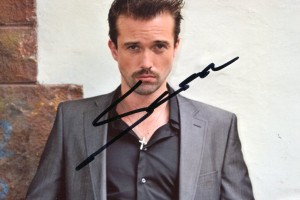
Emmett J. Scanlan was born in 1979 in Dublin. He has won wide acclaim for his performance as Brendan Brady in “Hollyoaks”, His films include “Blood” and the lead in “Charlie Casanova”.
“Entertainment.ie” 2014 interview:
“From Hollyoaks to Hollywood”, that’s the headline beside Irish actor Emmett J Scanlan, as he graces the cover of the latest issue of Gay Times Magazine, perhaps still best known for his role in the hit series. But Scanlan has been around for a while, appearing in the likes of The Big Bow Wow, The Clinic, MTV show The Phone, and Brendan Gleeson starring soccer dramedy Studs.
But while, for now at least, he may still be under the long shadow cast by his homosexual sociopath character in Hollyoaks, 2014 should see all that change for Scanlan. We got a chance to ask him a few questions about his recent past and not too distant future, and as expected, he’s as bracingly honest and funny as you’d want from an Irish interviewee.
Entertainment.ie: 2013 was a very big year for you, with your run in Hollyoaks coming to an end and your role in hit TV show The Fall, but 2014 looks like it’s going to be even bigger. How are you feeling about your career right now?
Emmett Scanlan: 2013 was always going to be a big year for me whether I ended up working or not. It was the end of my 2 and a half year Hollyoaks stint. A choice I needed to make. When you leave a job like that and have nothing, and I mean sweet f**king nothing to go into, it’s frightening, but in a positive way. It helps define what type of character you are going to be. I needed to stretch; I needed to explore new challenges. Everyone seeks that, everyone wants that, but wanting will only leave you wanting. You need a hunger. That’s not necessarily a good thing. But it’s what will drive my career to places I’ve never been.
I’ve been blessed with some wonderful characters over the last 5 years. People trusting me with more and more responsibility… so in that respect I’m really happy with how my career is going… every project I’ve been lucky enough to be part of has had great success; this is unusual for me. I was shit when I first started out and my career reflected that. Now that I’m less shit I’ve been enjoying a more fortuitous streak.
It really is blind faith when you take on a job. You don’t know if it’s going to be successful, or lead to your next gig and you certainly shouldn’t make the decision to do it based on that, but it’s hard not to. Just roll the dice and cross your fingers. I’ve been lucky in my choices but I do work hard. Really f**king hard. I work. Every day.
E.ie: You’ve been a working actor for about a decade before the role of Brendan Brady came along, which is probably how most people today would’ve been introduced to you. Now that you’ve had some time away from the show, how do you feel about your time there?
ES: Hollyoaks will always be a special place for me. Brendan Brady was such an interesting character to dance with. The people I worked with there were some of the most talented and beautiful.
Don’t think I’ve told anyone this, but apparently when I got the job I told my sister Orla that I was gonna make Brady the baddest guy on TV. I was gonna take home Villain of the Year for Oaks in my first year… I didn’t know how, I just knew at that time I would. Now I don’t remember saying that, AT ALL, if anything it sounds arrogant and I really don’t mean it to be… Truth be told I’d never have imagined the success that character would have had, ‘tash and all…. Anyway long story short I won the award…
My point is this; if you can hold it in your head you can hold it in your hand. Hollyoaks gave me that chance. And I will always be indebted to them
E.ie: The Fall was a massive hit last year, and you’ll be returning to the role for Season Two. Can you give us any hints as to what viewers can expect?
ES: The Fall was another show that I knew I had to be part of. The scripts were beautiful… I didn’t care what part I got I just knew I had to get a part. I wanted to help tell Allan’s (Cubitt, Programme Creator) story. It came straight after Oaks and DC Glen Martin was the complete antithesis to Brendan Brady. It was a perfect next step. I’m so humbled to have been part of it, to continue to be part of it.
At the moment I’m filming the second season. 6 episodes. I think the scripts are even better than last years, which is saying something. Cubitt is a genius. And producers Julian (Stevens) and Gub (Neal) magnetic. This was never going to be a one series show. The fact it was so popular and we get to continue telling this story is a f**king blessing. There’s a great atmosphere on set. After the IFTA wins and BAFTA nominations, it feels like being part of something really special. To be fair it has always felt like that.
E.ie: What is it like working with the legend that is Gillian Anderson?
ES: I’m filming all this week with Gillian. She’s f**king wonderful to watch. Effortless. Experienced. She doesn’t have an off day. Same can’t be said for me… I’m learning. Every day. And that’s all I can ever ask for. But I need to learn faster and there’s no better actor to learn from.
E.ie: And is Jamie Dornan really THAT handsome in real life?
ES: Is Jamie really that handsome?? What type of f**king question is that?? You asking me or Brendan Brady?? On a scale of 1 to Jamie, I give myself a 2… I blame my parents…
Jamie is a top bloke. A Man United fan, a father and is riding the wave to stardom… Richly deserved. Why? Because he takes risks… You can’t lose if you take risks. Regardless of the outcome.
E.ie: This year you’ll also be appearing in the new series of BBC zombie-drama In The Flesh. What can you tell us about it?
ES: In The Flesh is such a wonderfully insane original spin on an otherwise undead genre. The first season saw the zombies re-institutionalised back into society, 4 years after the first rising. A breakthrough in medical science allowed these now “partially deceased syndrome sufferers” to return from their rabid state to a state of “normality”. A drug once administered helping reconnect the brainwaves and kick start their consciousness again. The results made for some really interesting viewing. I thought it was a perfect first season. It didn’t cater for an audience, it simply said “This is who we are, take us or leave us…” Season 2 follows the evolution of this. It brings outside forces into the town of Roarton… People like Simon and Maxine to shake things up.
E.ie: The zombie genre has always been a metaphor for whatever social issue is prominent at the time, what would you say is the main theme of In The Flesh?
ES: What’s the main theme?? You’re getting too clever for me now… Eh… Acceptance. Alienation. Hatred. Love. They’re all themes heavily saturated in Dominic (Mitchell)’s scripts… And then some.
E.ie: As if that weren’t enough, you’re also in this summer’s big Marvel superhero movie, Guardians Of The Galaxy. You even pop up in the trailer, with Karen Gillan holding a knife to your throat! What can you tell us about your character, and of the film in general?
ES: I can’t tell ye anything about it! I only ever saw the couple of scenes I was in. The script was heavily Guarded. But that’s assuming the scenes even make the final cut. For all I know, come August you’ll see my foot cross through back of shot and that’s it. Mum will be so proud. But regardless of that, one thing that can’t be cut by anyone is the experience I had, the friends I made, the geniuses I worked with, the sets that would make small all sets that have gone before. One thing that can’t be cut are the memories. Thank you James Gunn, my Irish American brother!
E.ie: Outside of these big projects, you also have roles in some independent movies, like Patrick’s Day, which has you reuniting with Charlie Casanova director Terry McMahon, and assassin thriller Breakdown. What is the biggest lure for you on a new project? Would it be the script, or the director, or the co-stars, or something else entirely?
ES: Terry is a truly brilliant creator. He called me in for Patricks Day more so because of Charlie Casanova. The scene we shot didn’t fit the movie. We knew that when we shot it, but it was just great to fly home and hang with him for a couple of days. You’ll catch the scene on the DVD extras I’m sure. My ideal role would be in Terry’s movie Dancehall Bitch. I’ve waited many years for this one. I can’t wait to tear it apart. That’s the aim. My ambition.
Breakdown was an awesome experience. I did that solely because I wanted to work with Craig Fairbrass and the main man himself James Cosmo. I’ve been a fan of both since Cliffhanger and Braveheart.
Why do I choose a project? Sometimes it’s the director, sometimes it’s the cast, sometimes it’s the story, the script. What it never is, is the money. Ideally you need a great story, a great director and a great cast to make anything work. It’s like a great song needs the lyrics, the instrumental, the voice. If one of those is lacking, it’s like learning to swim with one arm band. It starts to get messy.
E.ie: Earlier on in your career, you were just as busy behind the camera as you were in front, writing and producing and directing short films. Do you ever get the itch to return to that side?
ES: I wrote, directed and produced movies because at that time no one was hiring me. And rightly so. I was rubbish. But I needed to improve. And the only way I could see myself doing that was by getting my hands dirty. If they weren’t going to give me a job, I’d f**king make my own jobs. Hire myself. Cast myself. It was an incredible learning experience. But no, I don’t think I’d go back there. I loved it, but my passion is living the character. Not telling the story. I need to leave that to the professionals. Those heroes who can make us forget for 2 hours.
E.ie: Lately, with the likes of The Guard, In Bruges, What Richard Did and Citadel to name just a few, there has been a massive resurgence in international attention for Irish movies and talent. And with films like Charlie Casanova, Stalker and Collider, there seems to have been an expansion in what Irish films can actually be about. As an actor involved with Irish and international cinema, what’s your opinion on the current state Irish movies?
ES: The Irish are storytellers. We have been peppered throughout history with some of the best storytellers the world has ever seen. Irish cinema and Irish movies seem to be getting better and better. Intelligent and thought provoking. Our dark humour translates across the word. I think we need to continue to take risks, invest in home grown talent. We have a very different way about us. A style that separates us. I watched Calvary yesterday. It’s a movie that you had to work for. This wasn’t popcorn cinema, not that there’s anything wrong with that, it was just pure cinema. A great story, a dark story, expertly told. More of that please.
E.ie: And finally, any advice for aspiring actors out there?
ES: Advice? A month ago I was flown out to LA to test for the leading role in a new NBC/Warner show, Constantine. It was between me and one other fella, a lovely guy called Matt Ryan. We both signed wonderful contracts for a gig we had yet to score. Such is the American way. It was a game changer. A life changer. I’d already spent the money I was going to earn in my head 10 times over. I flew back home feeling confident I did a good job.
Next day I woke up to the news I didn’t get it. I was happy for Matt. But that didn’t stop it from hurting. For 45mins I was numb. I was due on set for Breakdown and all I could do was stare into space wondering what the point of all that was, what was my lesson? Why all those sleepless nights in LA? Don’t get me wrong, I met some really great people. Worked with legends like Daniel Cerone, David Goyer, Neil Marshall and Felicia Fasano. People who are at the top of their game. With resumes that would make your sphincter clench. But what was the point of all that if I didn’t book the job?
And then I realised. That WAS the f**king point. To meet them. My journey wasn’t to play Constantine, it was to meet these people. I was just looking in the wrong direction. I will work with these people again, just not as Constantine. And that’s my story.
Every time we think we’re being rejected from something good, we’re being re directed to something better. You have to believe that. Don’t take it personally. Otherwise this game will destroy even the best of us. Hope is everything, because without it we have nothing. BELIEVE and never give up. But above all else, f**king enjoy it. I am.
The above “Entertainment.ie” interview can also be accessed online here.
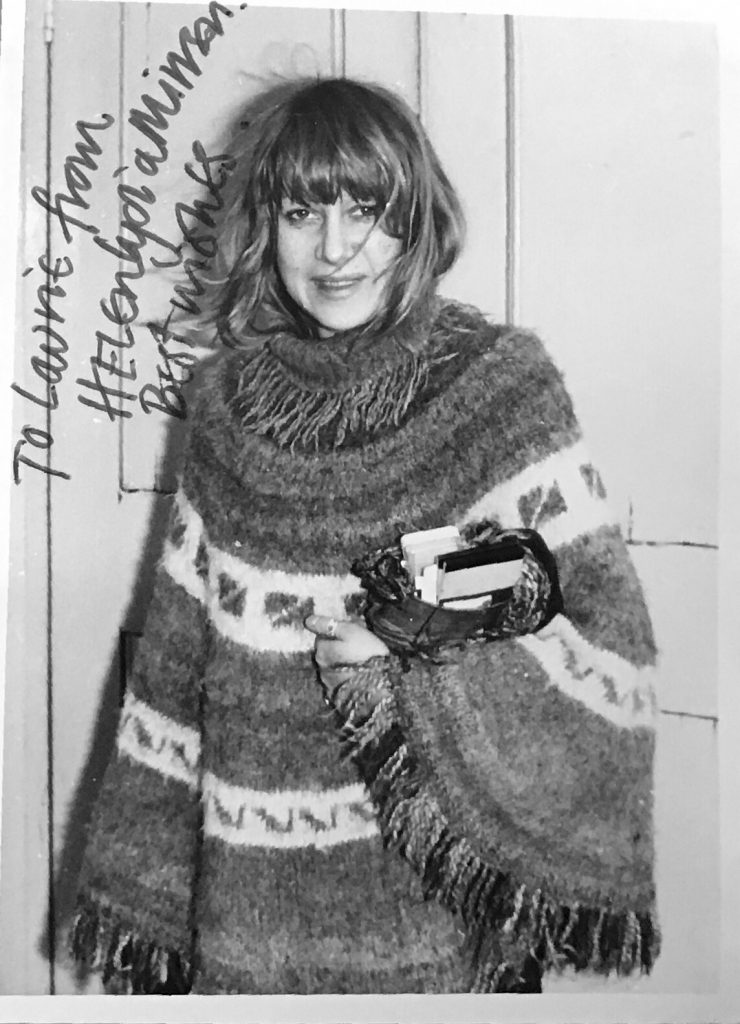
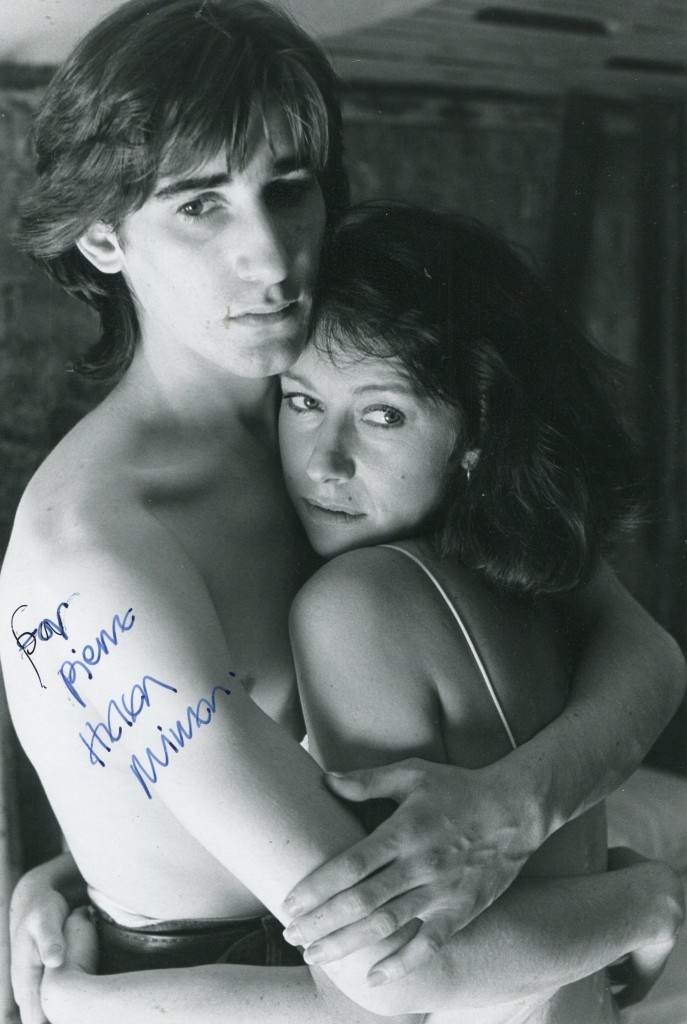
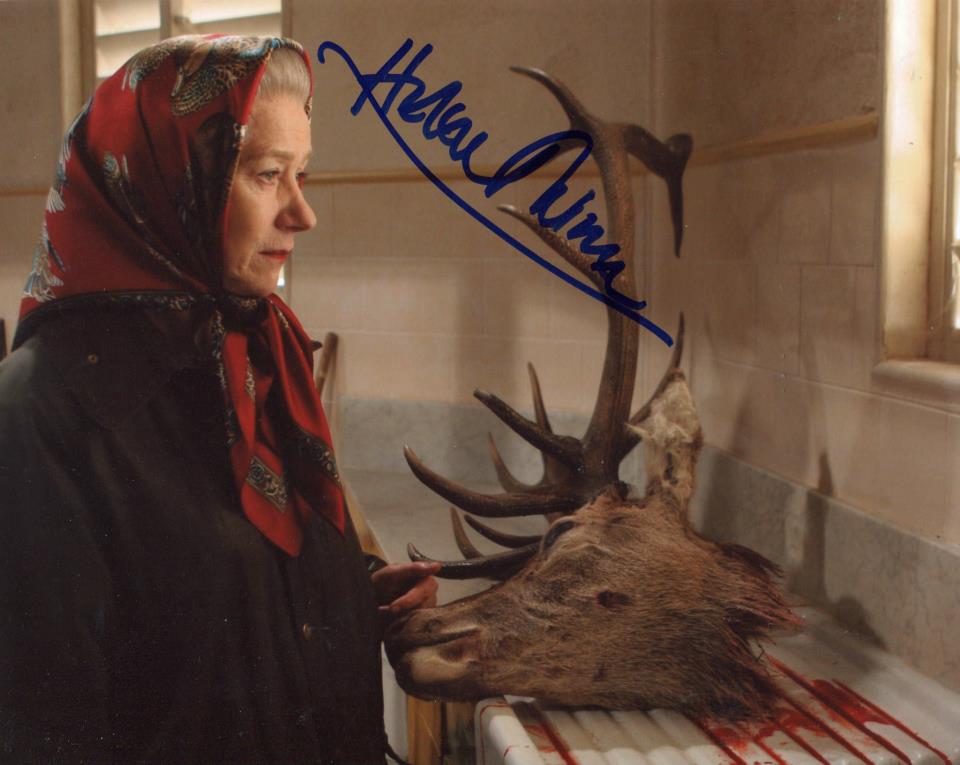
Helen Mirren is a stunning actress whose cinema career was sparodic until she reached middle age and suddenly major roles came her way which brought her from cult favourtie into the movie mainstream. She was born in Chiswick, Middlesex in 1945. Her first film role was in “Age of Consent” made in Australia with James Mason in 1969. In 1980 she delivered a wonderful performance in the British gangster thriller “The Long Good Friday” as the mistress of Bob Hoskins. In 2006 she won an Oscar for her performance in the title role in “The Queen”. In 2010 she played Ida in the remake of “Brighton Rock”. She is married to film director Taylor Hackford.
TCM overview:
From the age of 13, when she played Caliban in a school production of “The Tempest,” Helen Mirren knew she wanted to become an actress. Despite her working-class upbringing and her less-than-supportive parents, Mirren emerged to become one of the most celebrated and decorated British actress of her time. With a combination of poise, confidence, intelligence and undeniable sex appeal, Mirren became famous for her challenging performances on stage and screen that often included removing her clothes, a public exhibition that sometimes stood in the way of her work. Nonetheless, Mirren turned in exquisite performances onstage with the Royal Shakespeare Company, before making a name in film and on television. But true stardom eluded her until she landed what became her signature role, playing a police inspector battling sexism and a troubled personal life in “Prime Suspect” (PBS, 1990), a role she returned to with frequency throughout the years. Mirren then reached the top of her game in 2006 when she won a slew of awardsw – including an Oscar – for her complex portrayal of Elizabeth II in “The Queen” (2006). Not only did Mirren affirm her status as a high-caliber actress, but she proudly relished the renewed attention to her allure, which aroused a new generation of fans accustomed to actresses less than half her age.
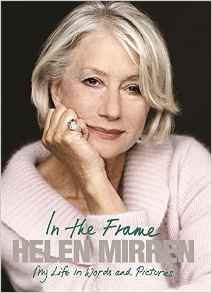

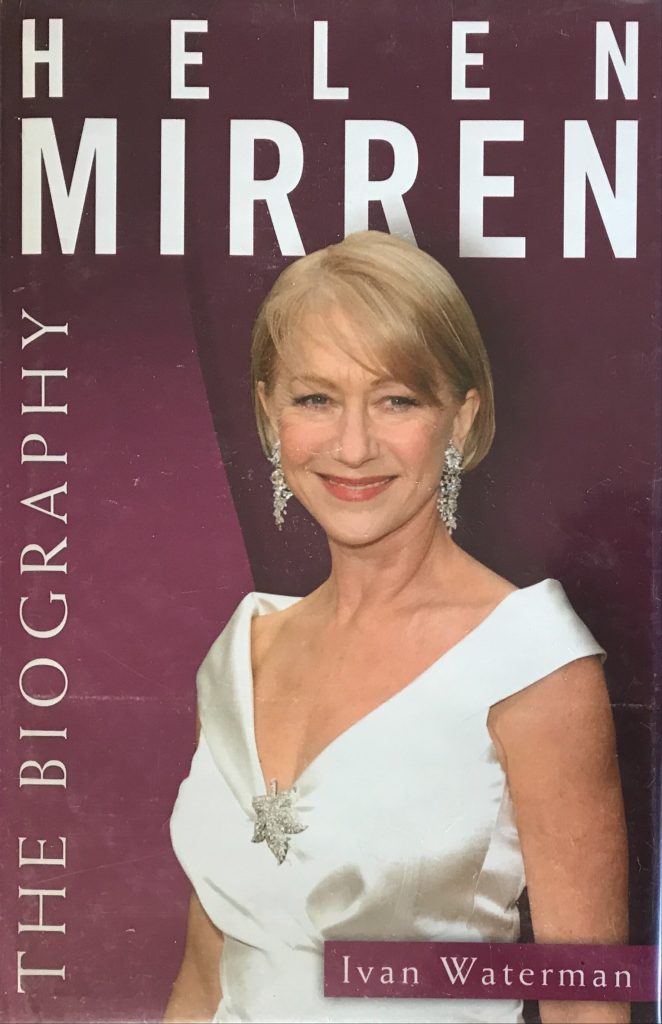
Born Helen Lydia Mironoff on July 26, 1946 in Chiswick, England, Mirren was raised in Ilford and Southend-on-Sea by her Russian émigré father, Peter, who played the viola with the London Philharmonic prior to World War II and later became a civil servant with the Ministry of Transport, and her mother, Kathleen, a housewife and butcher’s daughter. Three generations before Mirren, the Mironoff family were well-heeled Russian aristocrats with strong ties to industry and the military. In fact, her paternal grandfather, Pytor, was a nobleman, diplomat and arms dealer, while his mother was a countess whose family was mentioned in Leo Tolstoy’s War and Peace. Mirren, on the other hand, grew up relatively poor with parents who were Communists before the war and despised the British class system for their entire lives. She also had little exposure to the outside world because the family had no television and made no trips to the movies. When she was nine, her father changed the family name, while Mirren and her younger sister, Katherine attended St. Bernard’s Convent, a strict environment that was run by nuns who prohibited short skirts, sex education and contact with boys.
Though her freedom was limited, Mirren received a strong education and developed a deep-rooted independence that carried her well throughout life. After graduating, Mirren harbored ambitions to become an actress, but her mother scoffed at the idea. Instead, Mirren joined her sister on scholarship at a teacher’s training school in London. But on the sly, she auditioned for and earned a spot with the National Youth Theatre. When she was 18, Mirren was cast as the famed Egyptian queen in William Shakespeare’s “Antony and Cleopatra” at London’s Old Vic Theatre. By the time she was 20, she was a company member at the Royal Shakespeare Company, where she excelled in her numerous appearances in the Bard’s cannon. Though petite and blonde, Mirren exuded confidence and a sultry appeal, leading one journalist to label her as “The Sex Queen of Stratford” for her charged portrayals and her penchant for doffing her clothes, as she did as Cressida in “Troilus and Cressida” (1968) and in her first major film role, “Age of Consent” (1969).
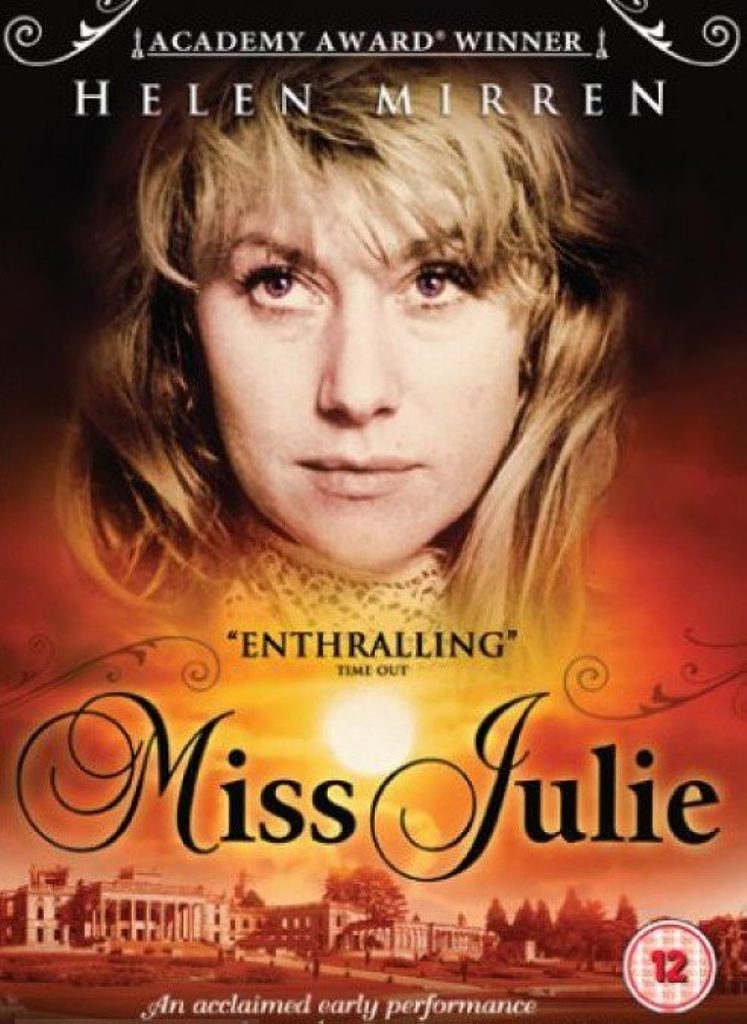
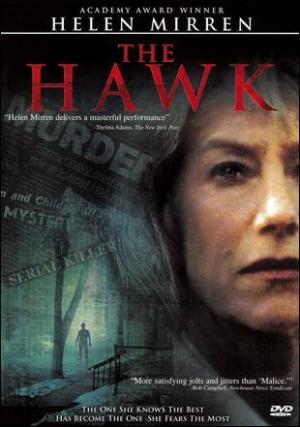
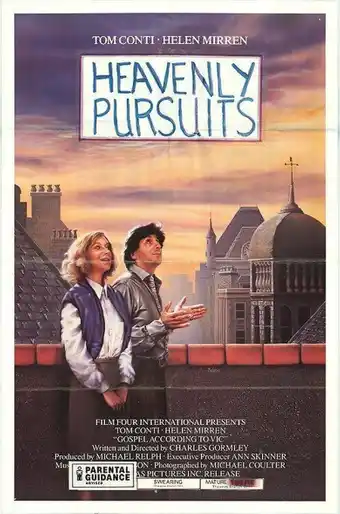
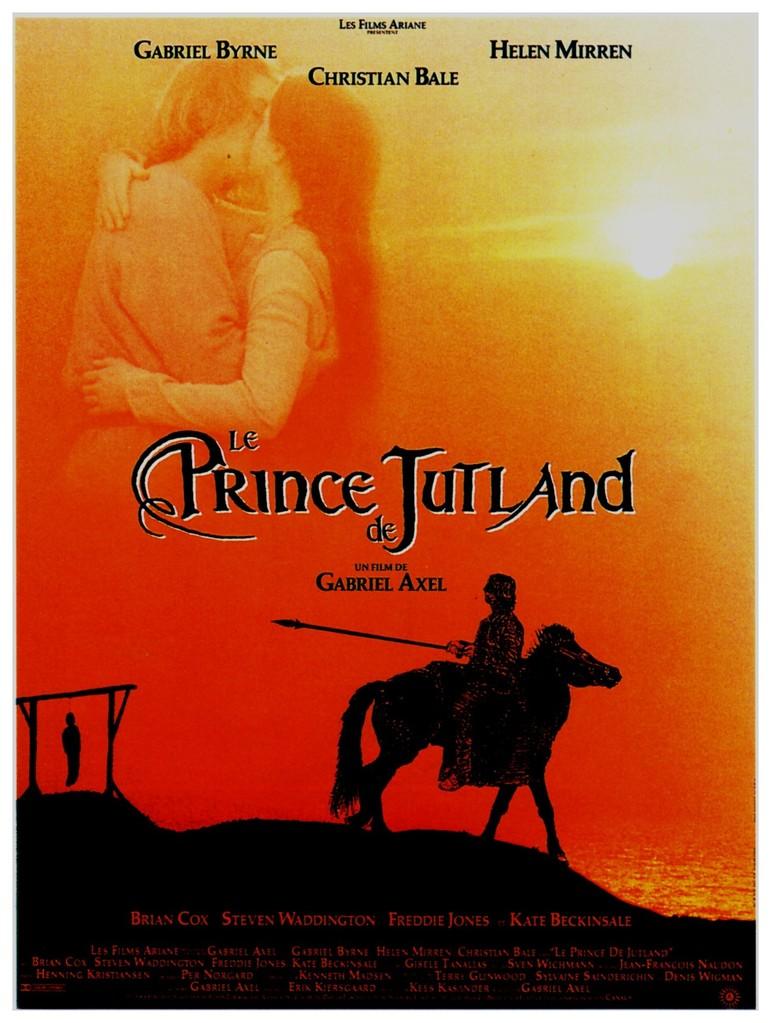
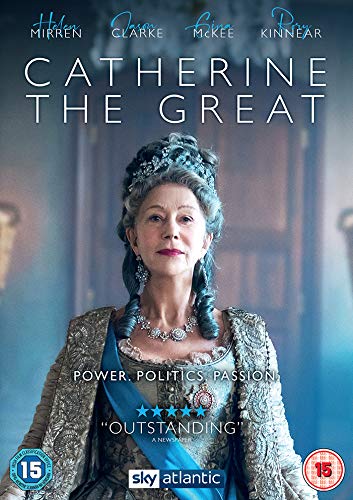
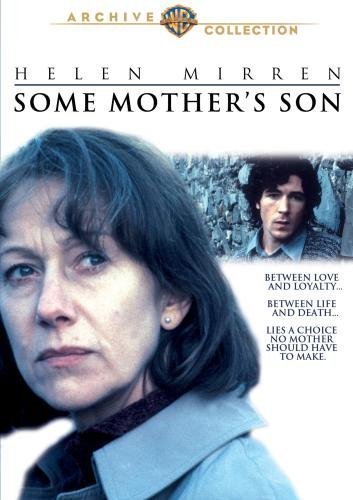
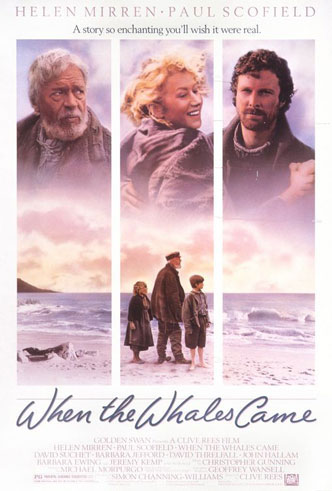
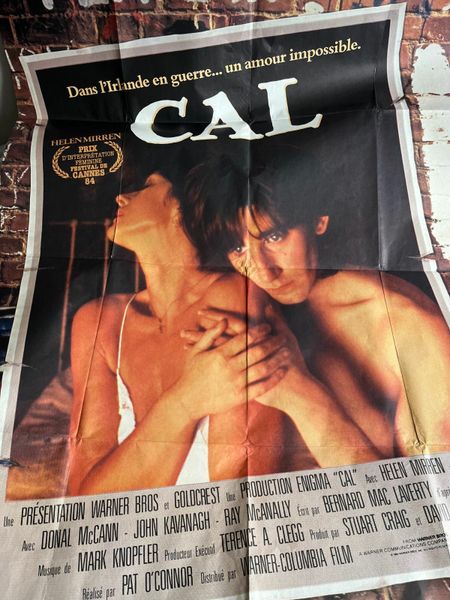
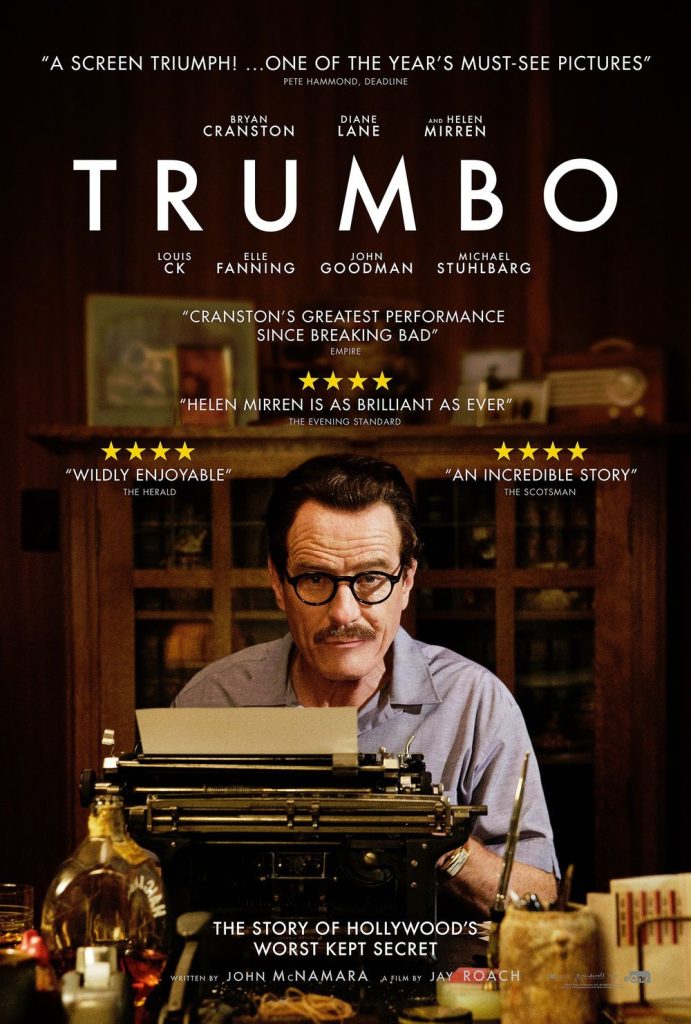
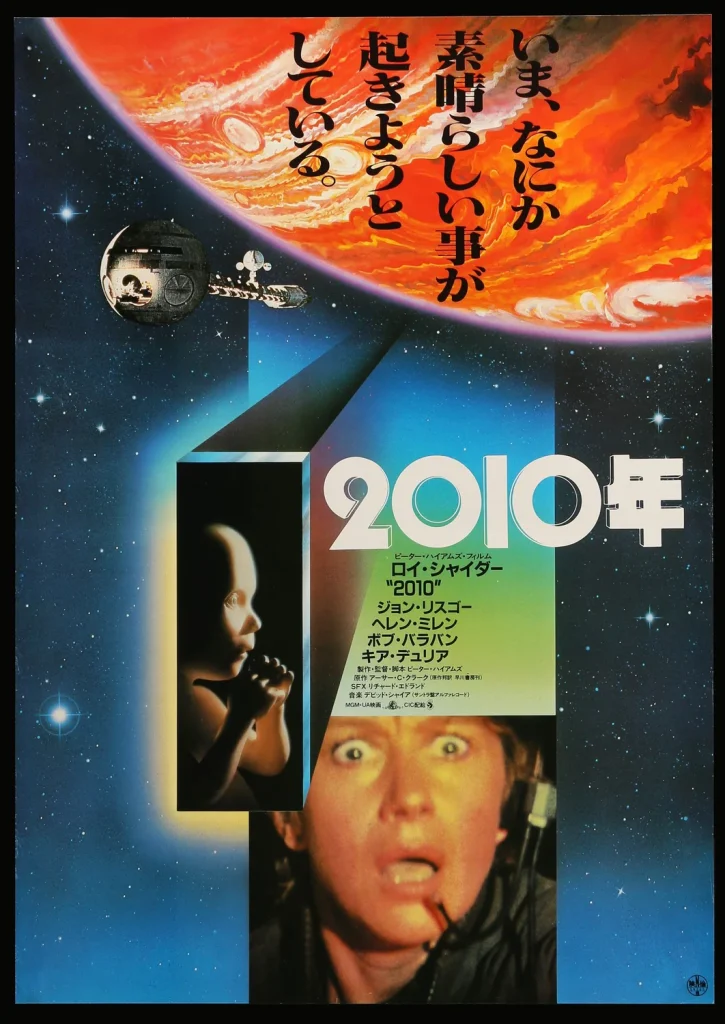
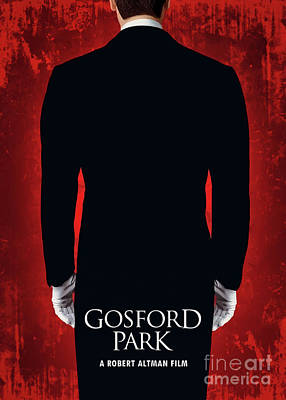
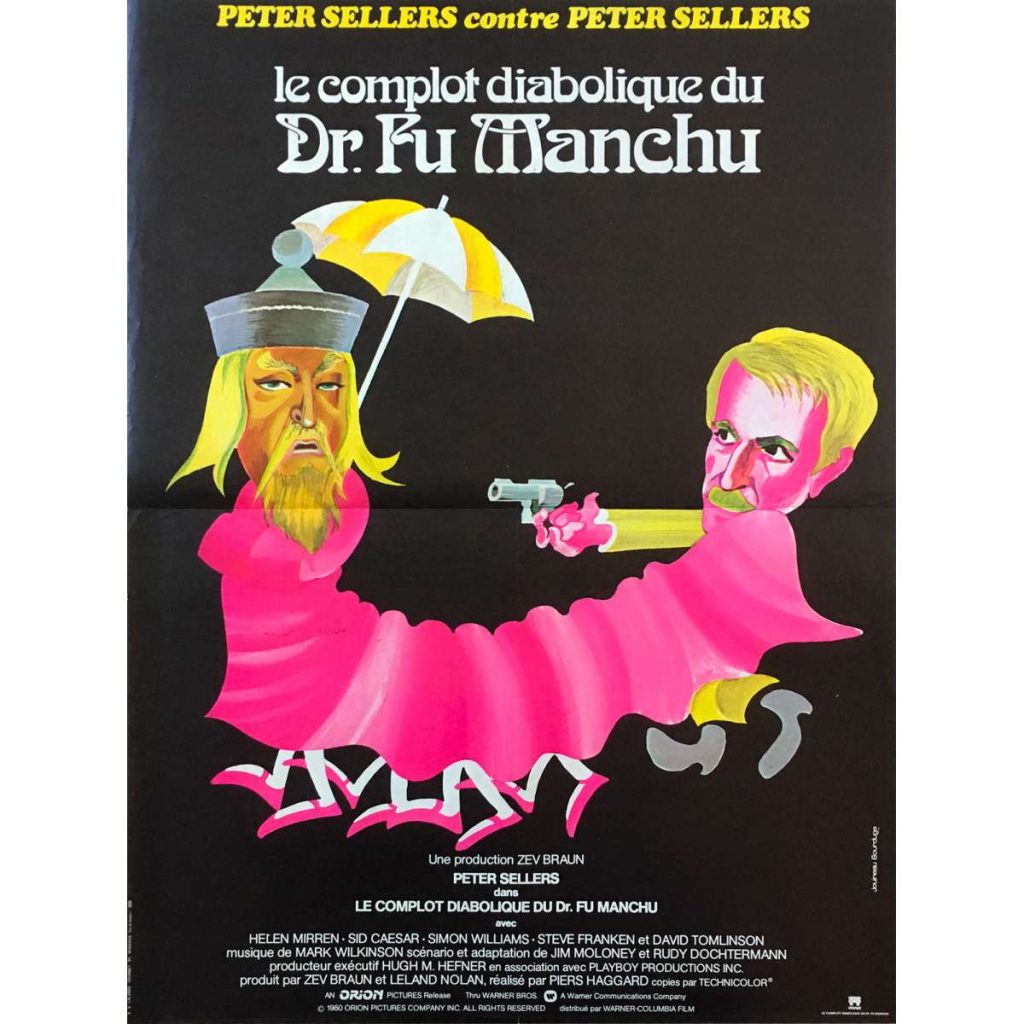
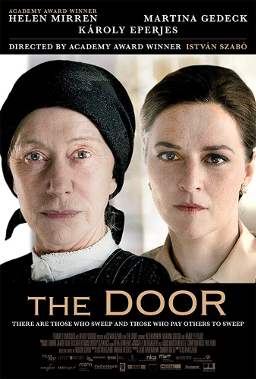
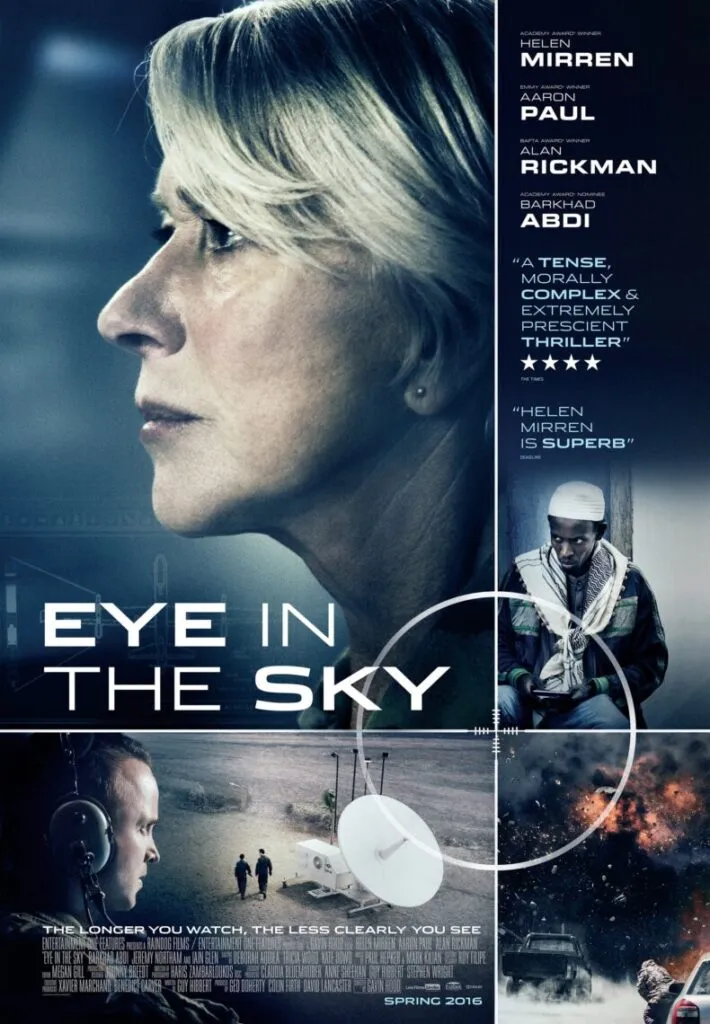
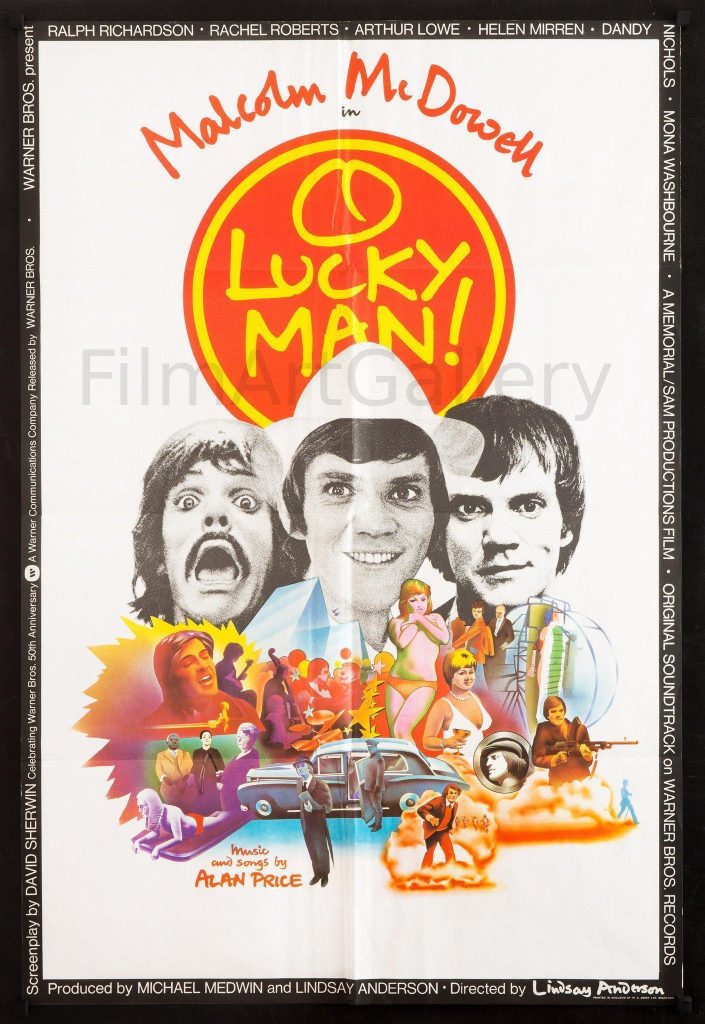
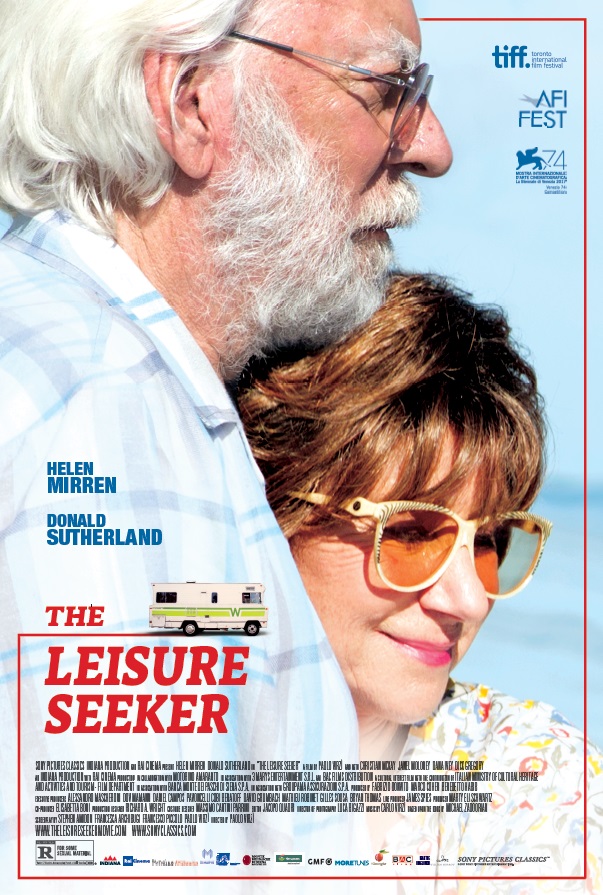
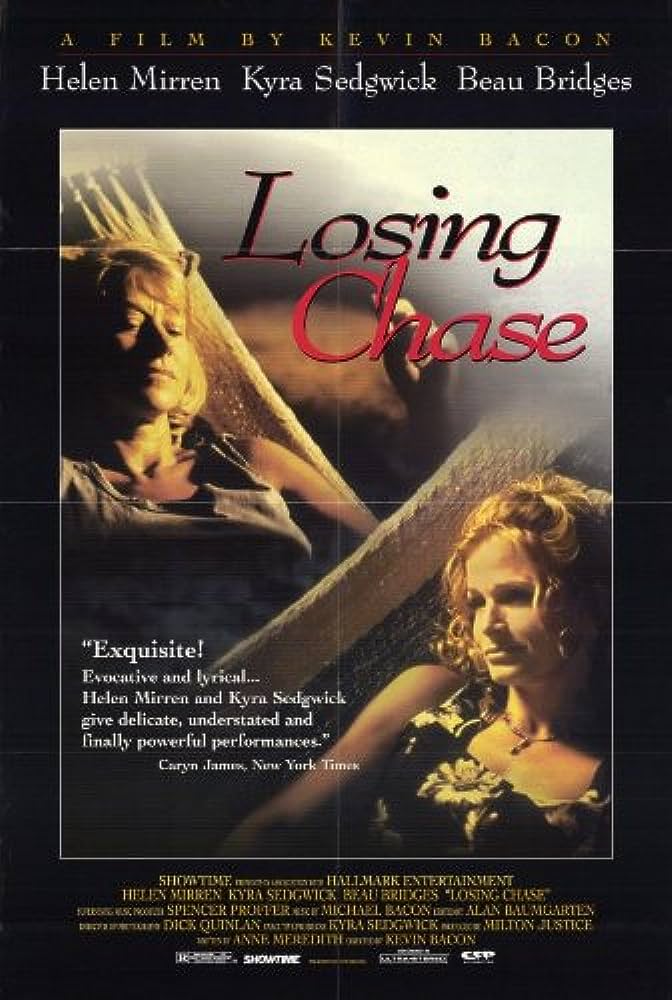
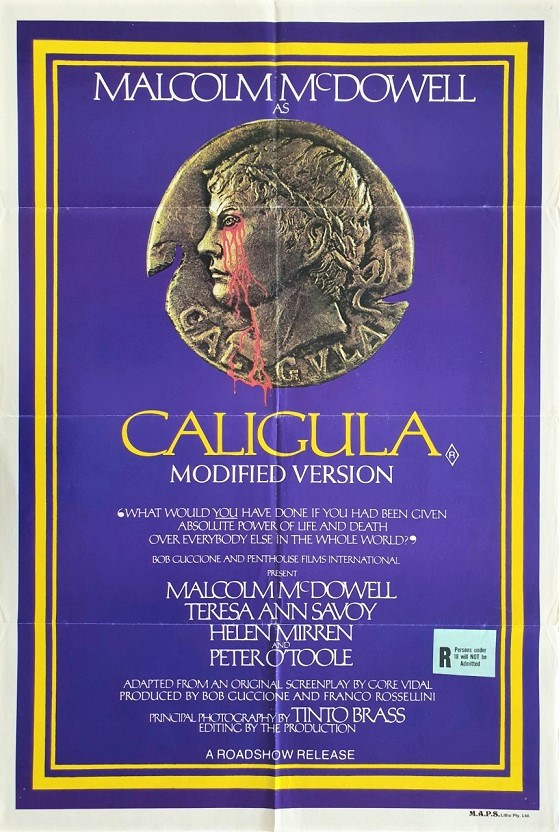
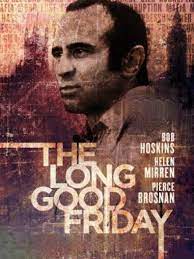
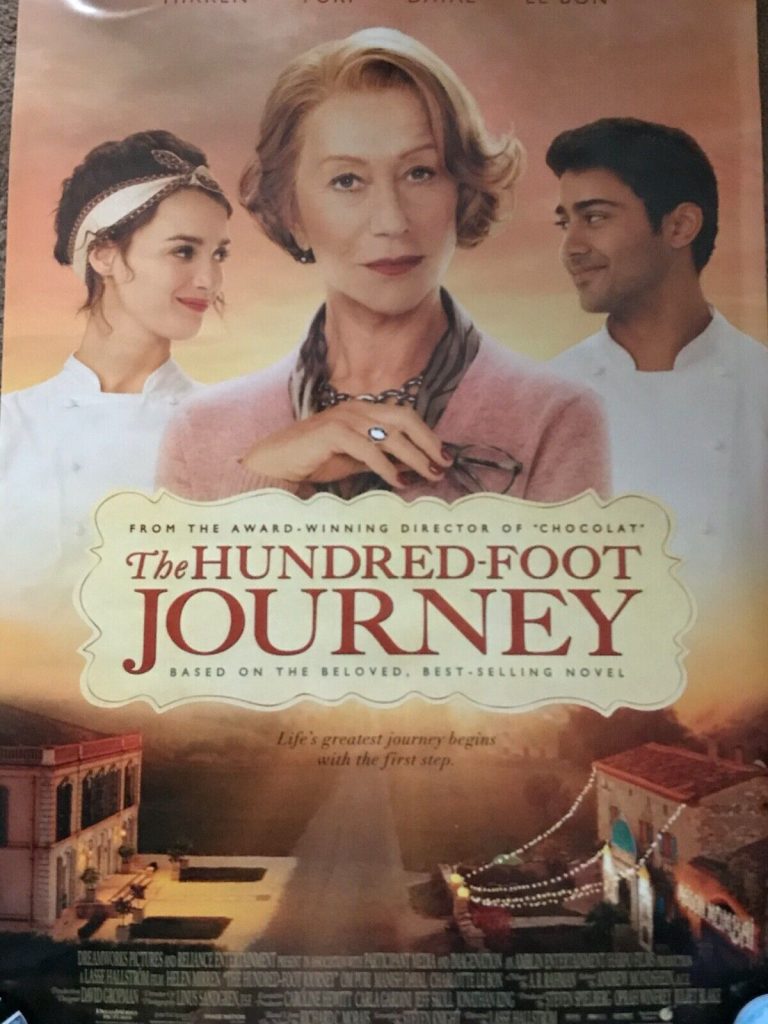
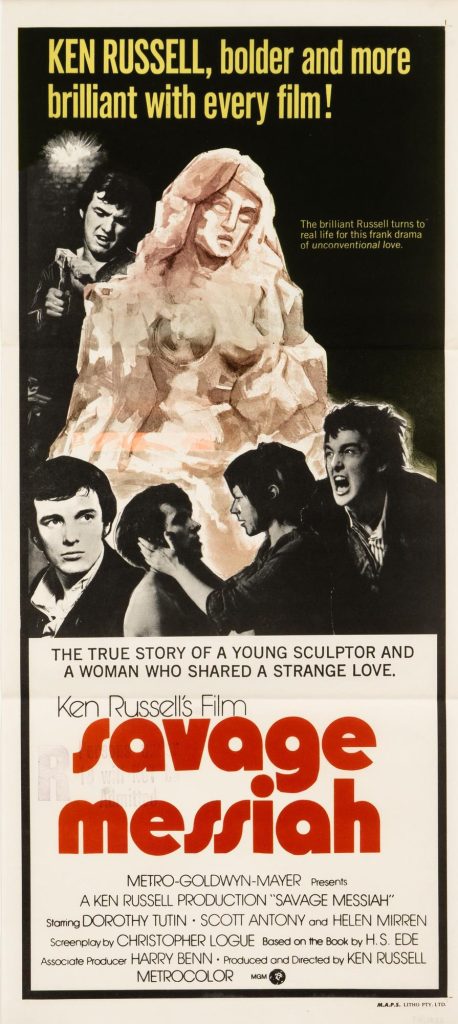
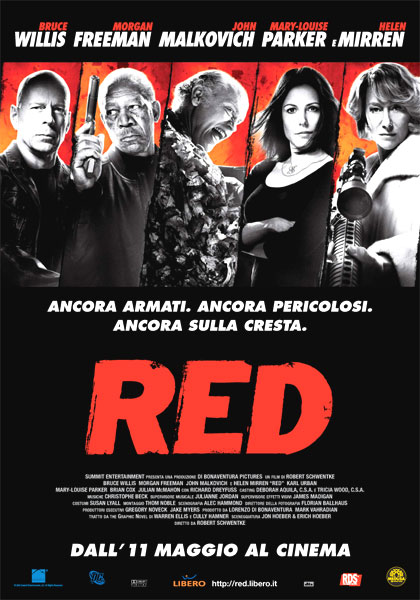
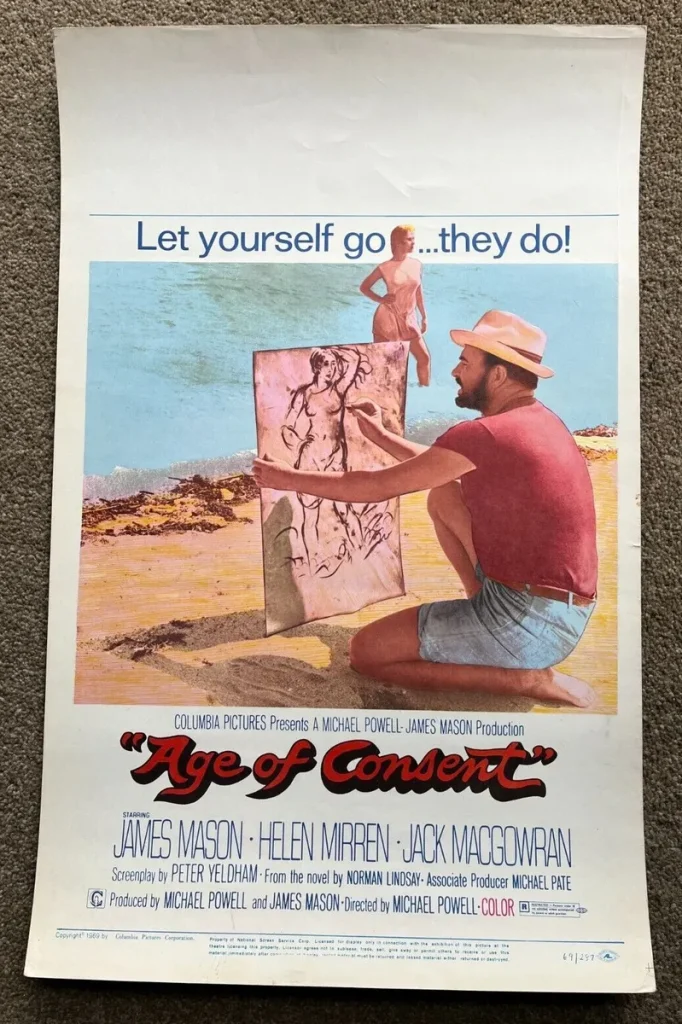
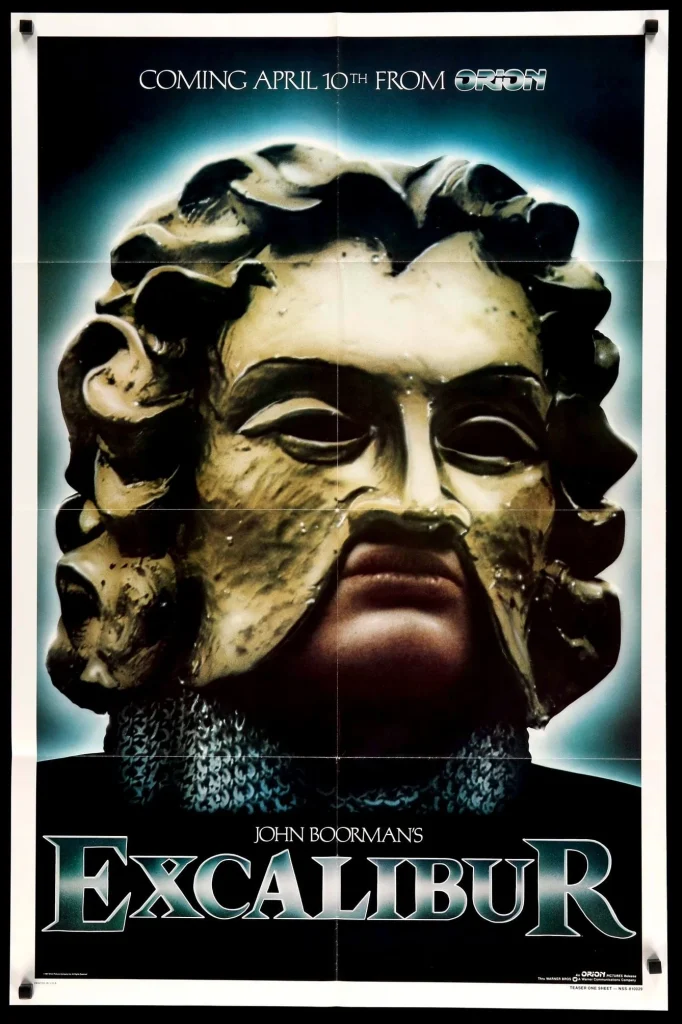

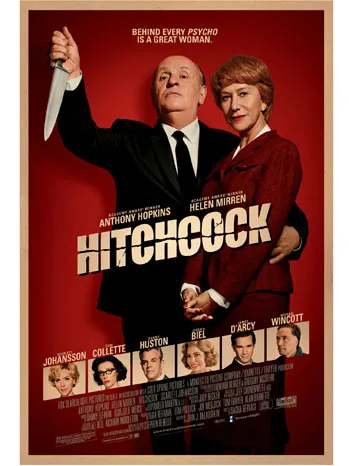
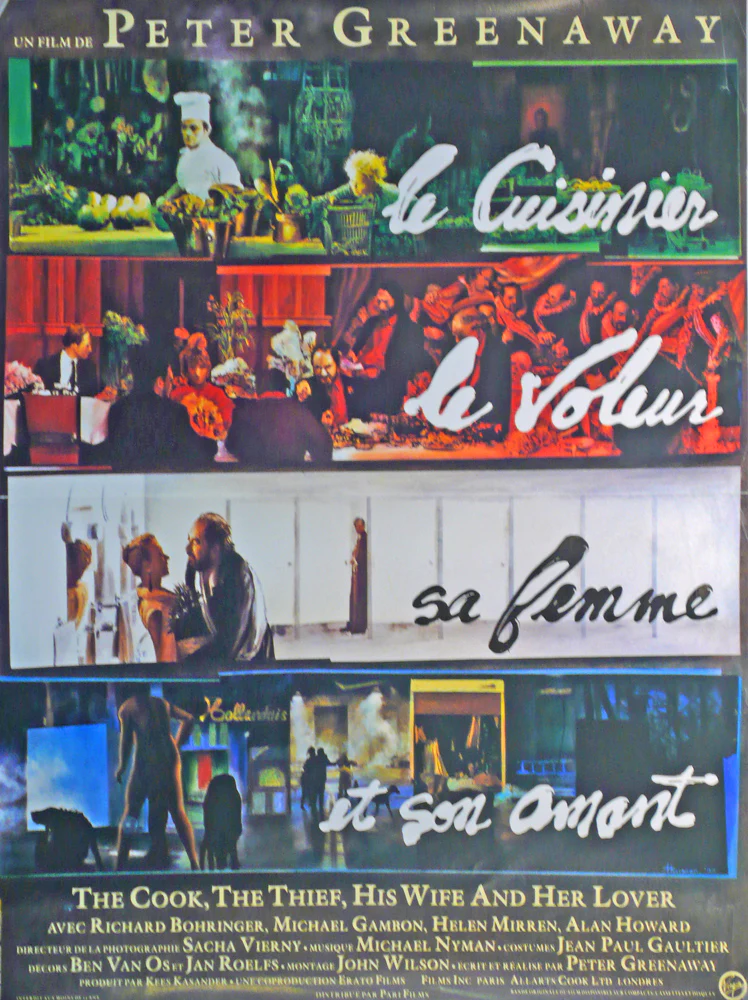

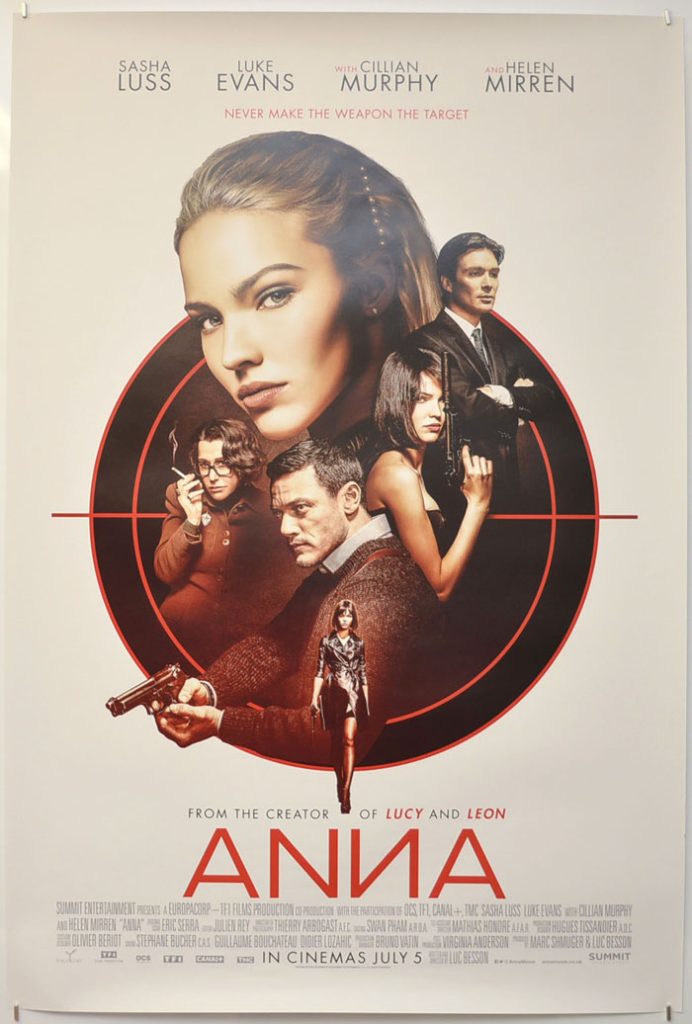
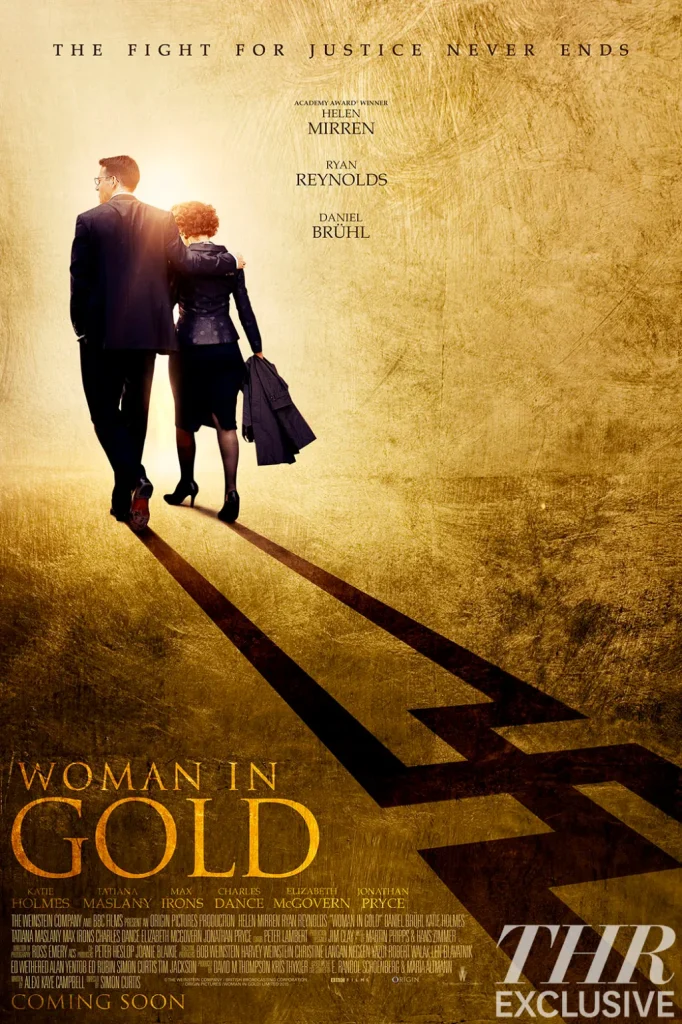
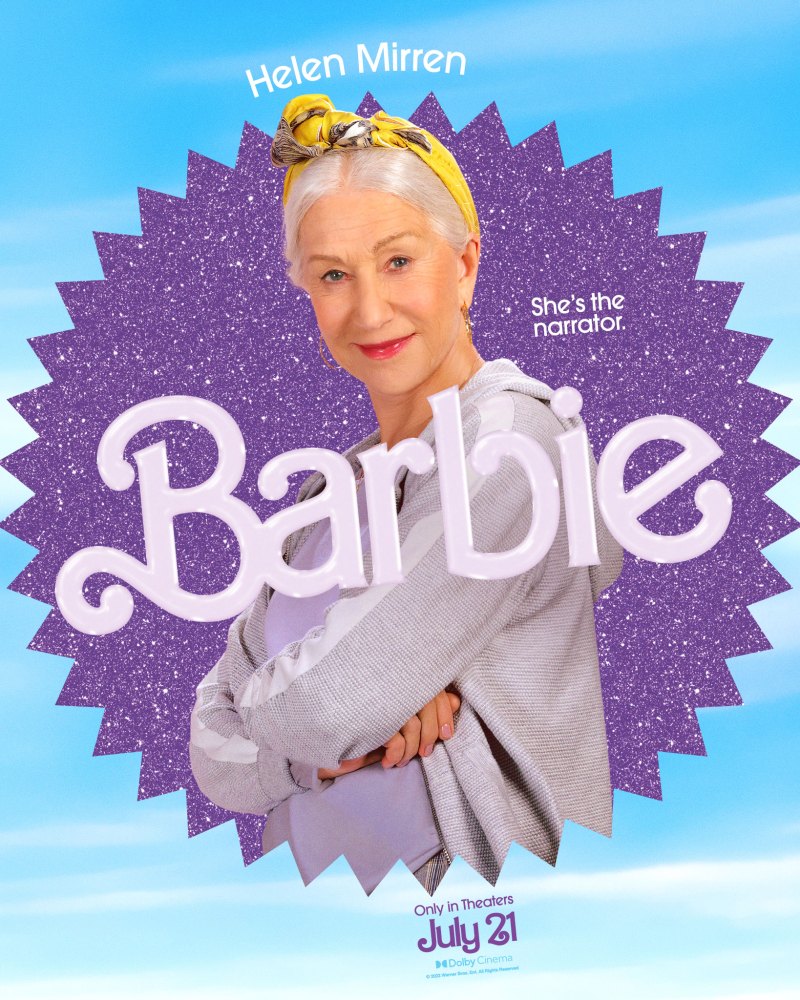
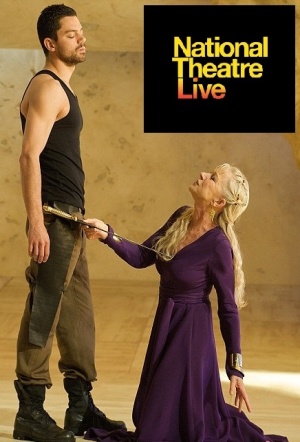
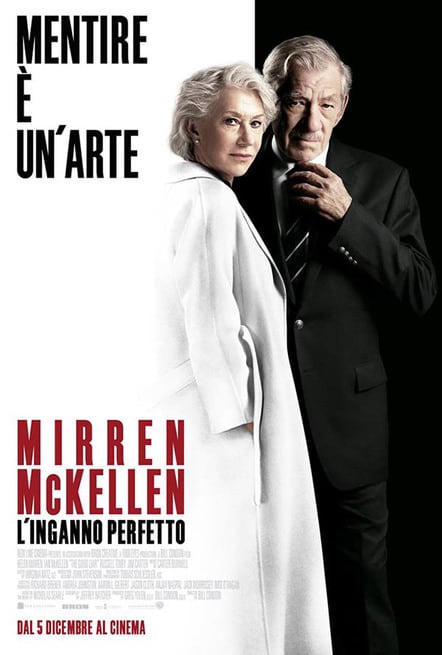
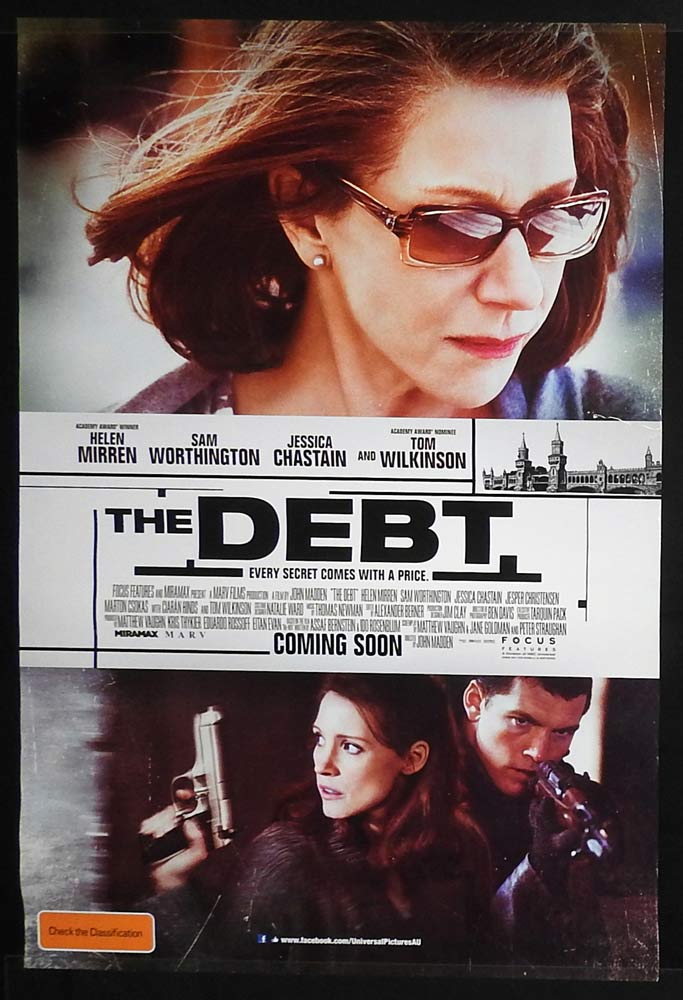
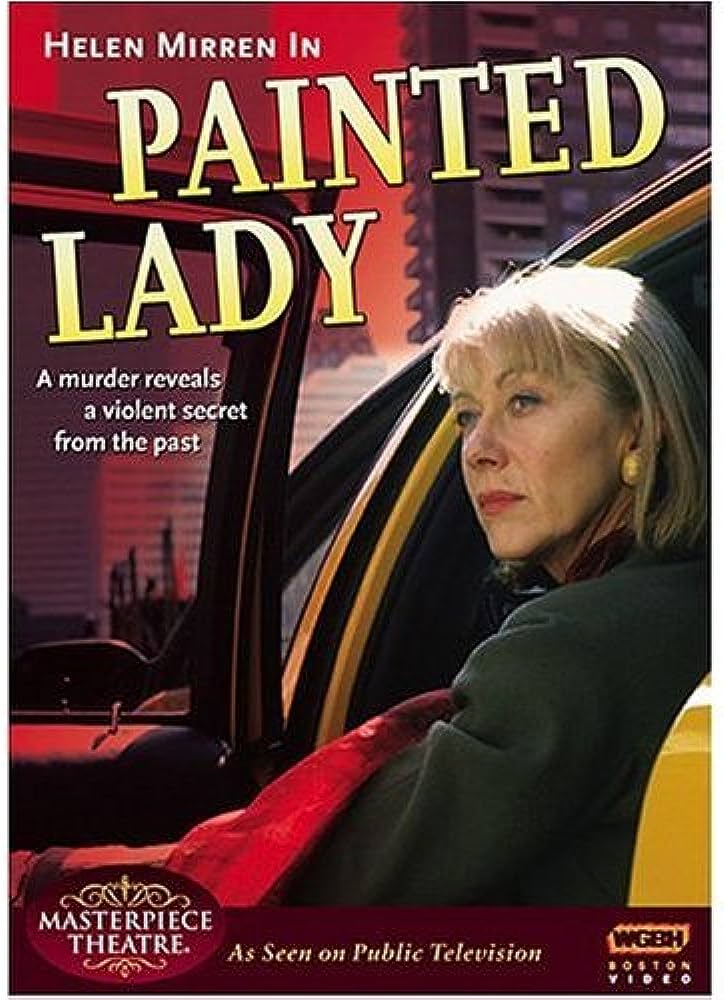
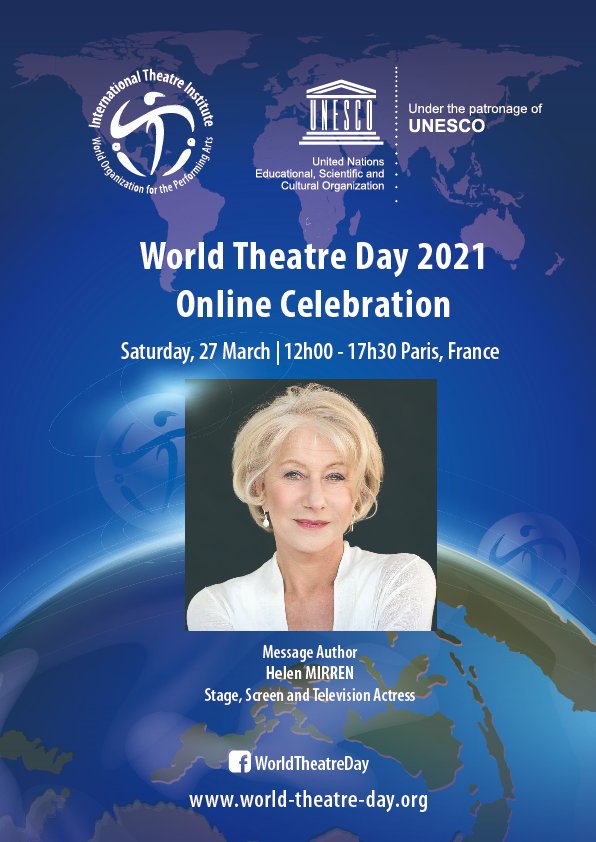
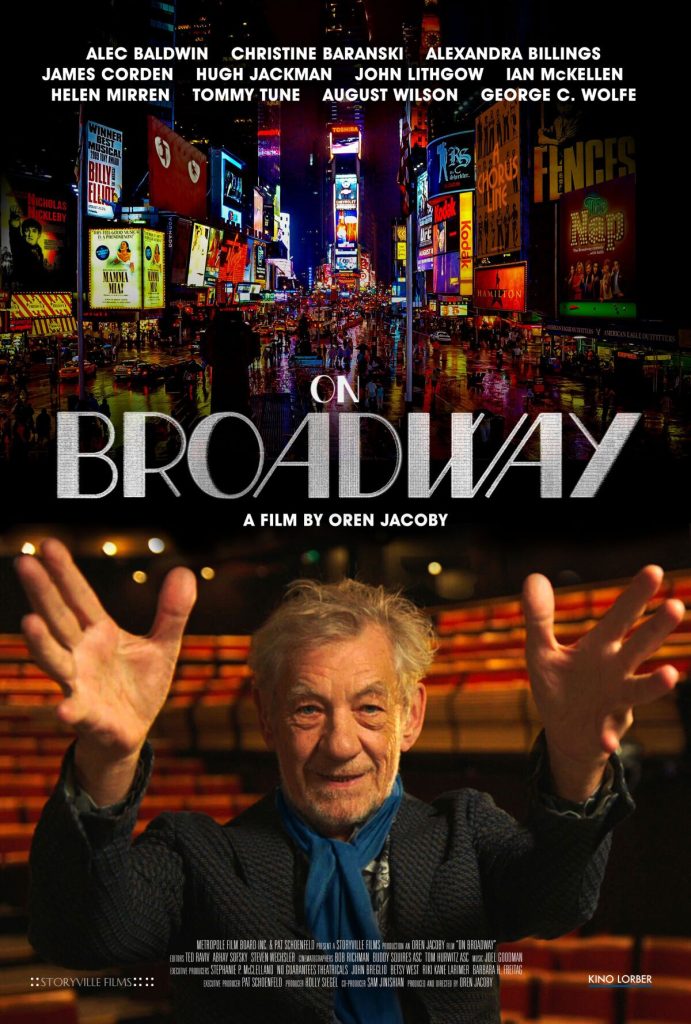
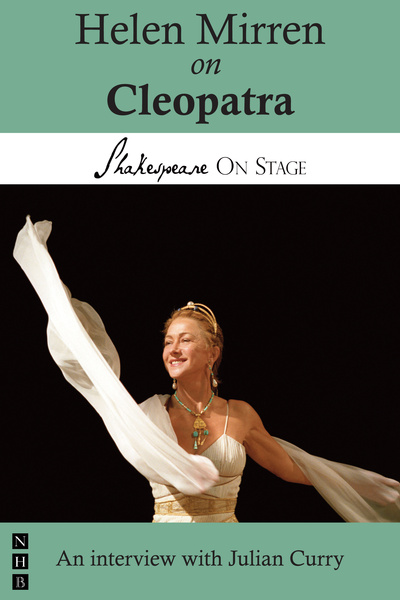
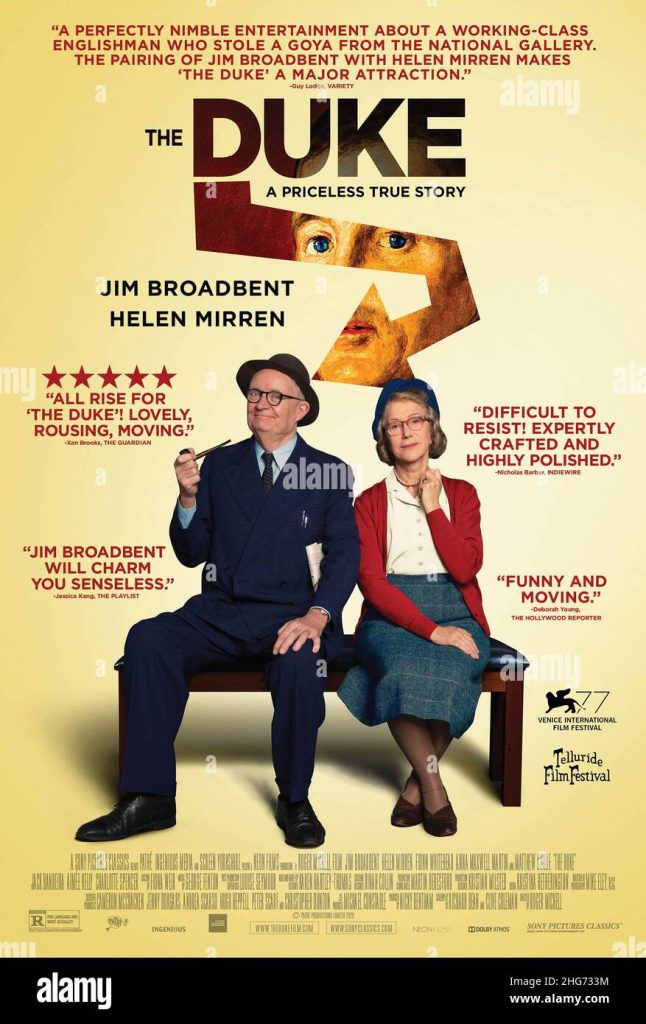
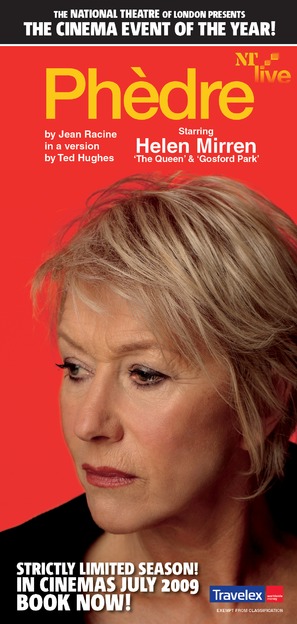

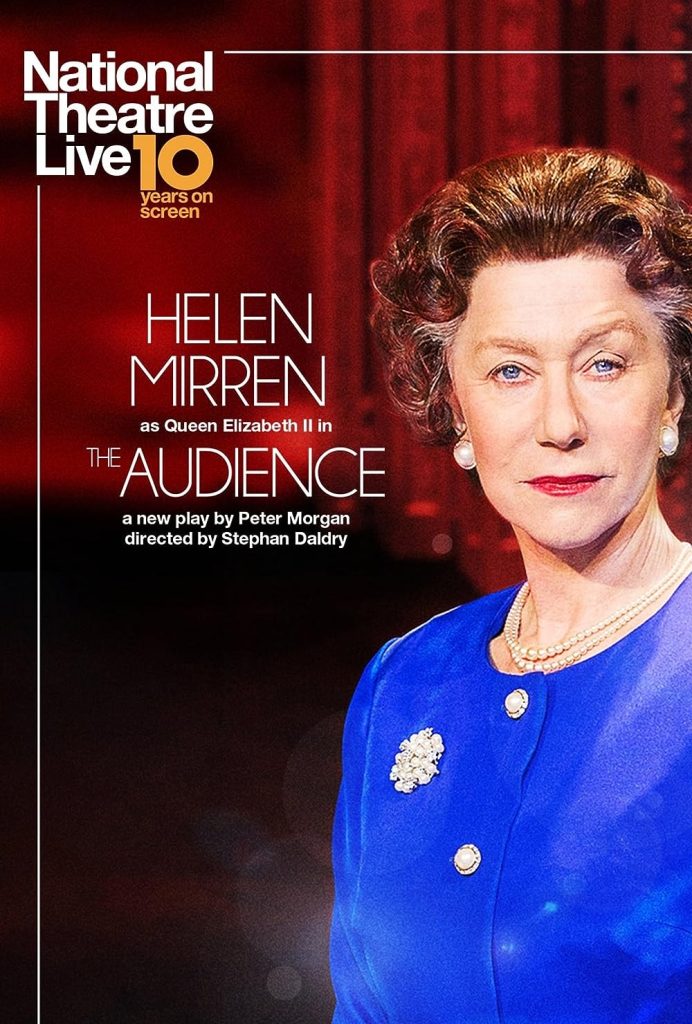
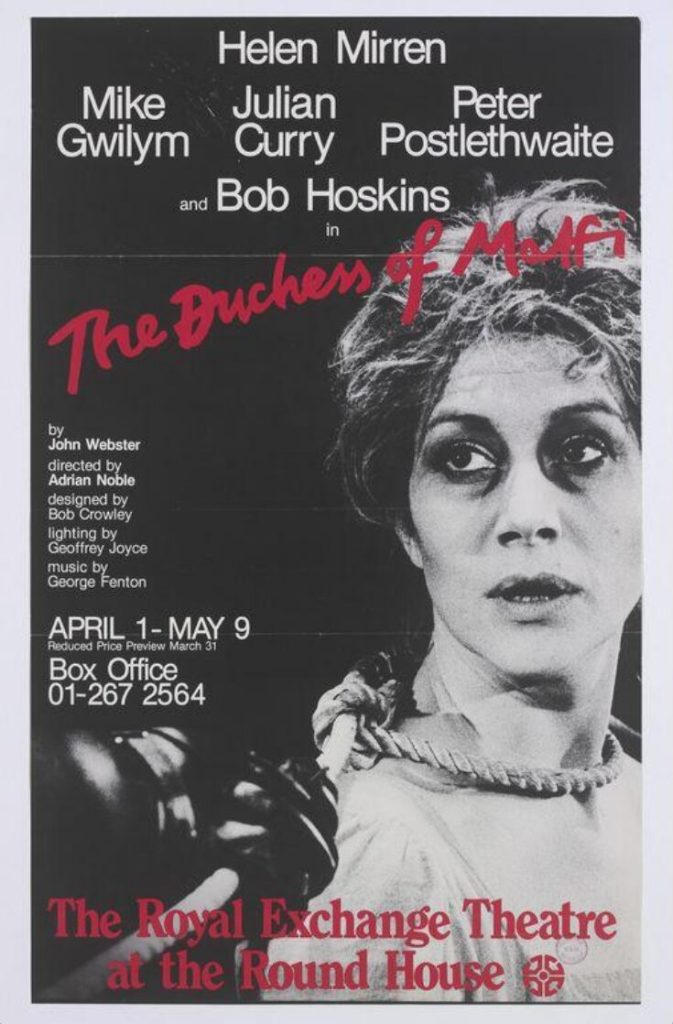
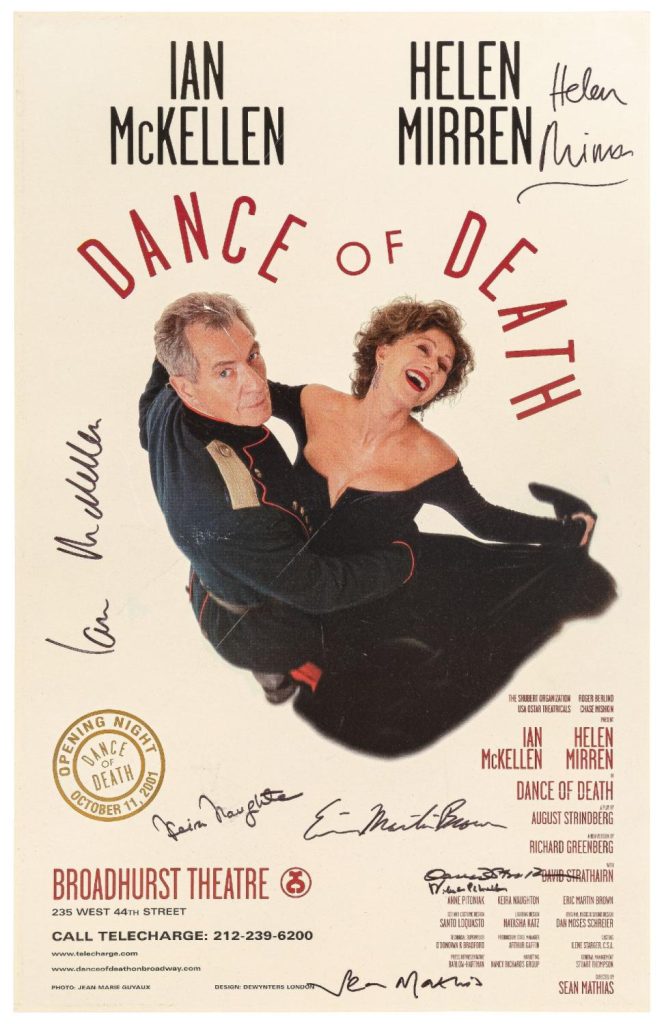
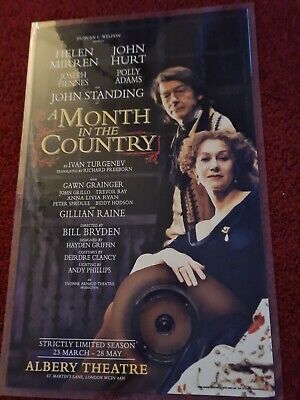
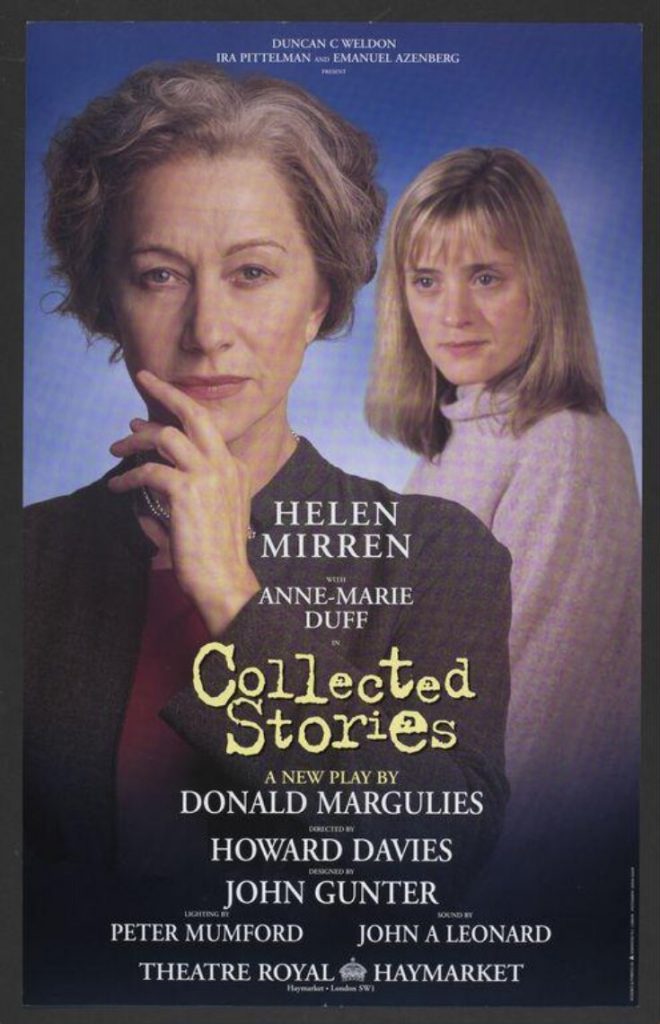
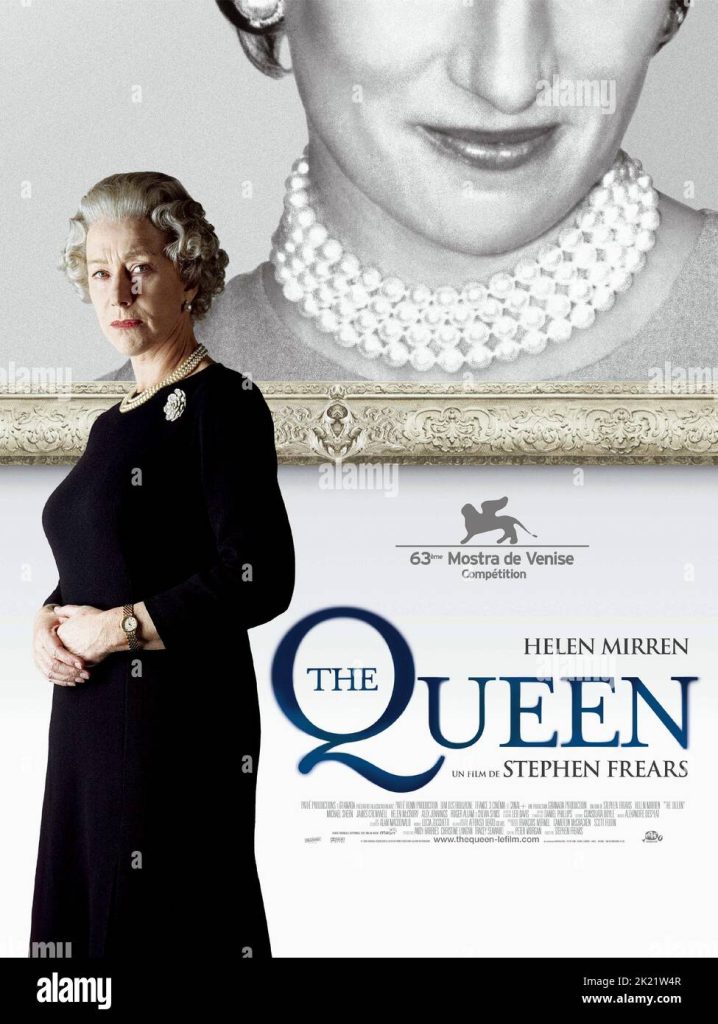
Despite her propensity for baring all on stage and screen, Mirren did carry a degree of embarrassment, which may have been the impetus for seeking physical liberation. In 1972, Mirren took leave from the RSC to do an international tour with Peter Brook’s experimental theatre company, with whom she traveled the world and even spent three months performing in African villages. Following a turn as a beautiful bohemian in “O Lucky Man!” (1973), starring Malcolm McDowell, she delivered a searing performance as Lady Macbeth in a 1974 Royal Shakespeare Company production of the Bard’s masterwork. She had a breakout performance as the drunken Maggie Frisby in David Hare’s musical play, “Teeth ‘n’ Smiles” (1975), which was staged at London’s famed Royal Court Theatre. Also that year, she gave a much ballyhooed performance as Nina in a revival of Anton Chekov’s “The Seagull,” a role that allowed her to combine her intelligence with her sensuality, which eventually came to be her hallmark. She soon followed with two more acclaimed Shakespeare performances, playing Queen Margaret in “Henry VI” (1977) and Isabella in “Measure for Measure” (1979).
After several years absent, Mirren returned to the big screen for what became perhaps her most notorious film, “Caligula” (1979), a lavish, but abysmal combination of horror and porn disguised as an historical epic that was most famous for the high-profile financing from Penthouse founder Bob Guccione. Despite the graphic violence and sexual content, Mirren managed to bring a measure of grace to her part as Caesonia, the most promiscuous woman in Rome. Meanwhile, Mirren came into her own as a film actress, beginning with her strong turn as the lover of a gangster (Bob Hoskins) in “The Long Good Friday” (1979). She lent an appropriately seductive air to the evil Morgana in “Excalibur” (1981), John Boorman’s revisionist take on the Arthurian legend, then returned to her stage roots for a series of appearances in televised Shakespeare plays. Back on the stage, she gave a bravura performance as Moll Cutpurse in “The Roaring Girl” (1983), which was staged at both the Royal Shakespeare Theatre and the Barbican Theatre in London.
Mirren hit new heights with the politically-themed thriller, “Cal” (1984), turning in a memorable performance as the widow of a British soldier who unwittingly falls in love with the Irishman (John Lynch) responsible for his death. Although she earned the Cannes Film Festival prize as the year’s best actress, she failed to garner the same attention when the film was later released in the United States. She had the opportunity to draw upon her heritage as a Russian astronaut in “2010” (1984), then as Mikhail Baryshnikov’s lover in “White Nights” (1985) – the latter of which introduced Mirren to director Taylor Hackford, who became her off-screen companion and soon after, her husband. Mirren was formidable as the wife who follows her husband to Central America in Peter Weir’s “The Mosquito Coast” (1986), but few saw the film during its theatrical release, despite a headlining Harrison Ford. Continuing to impress on the big screen, she was excellent as a painter who catches the attention of an unscrupulous spy (Ben Kingsley) in “Pascali’s Island” (1988), then rounded out the decade with a fine turn as the long-suffering spouse of an abusive criminal (Michael Gambon) in “The Cook, the Thief, His Wife and Her Lover” (1989).
In 1990, Mirren discovered her signature role when she was cast as Detective Inspector Jane Tennison in the superb television movie, “Prime Suspect.” Tennison was an inspired creation: a middle-aged detective trying and mostly succeeding to make it in a man’s world while balancing her sometimes turbulent personal life. The first series proved so popular that Tennison was revived for several more installments over the years. Mirren earned three consecutive BAFTA Awards (1991-93) and several Emmy nominations for the role, including a win in 1996 for Outstanding Lead Actress. During the run of “Prime Suspect,” Mirren found herself in high demand, leading to a role as the loyal queen to the increasingly irascible monarch (Nigel Hawthorne) in the film “The Madness of King George” (1994). Her stellar performance netted her a Best Supporting Actress Oscar nomination in 1994, followed by a win for Best Actress at the 1995 Cannes Film Festival. She remained regal for “Royal Deceit/Prince of Jutland” (1994), a drama which purported to tell the story about the true events that inspired Shakespeare’s greatest work, “Hamlet.”
Moving into the production side, Mirren served as an associate producer on “Some Mother’s Sons” (1996), in which she starred as the parent of a man arrested and imprisoned for alleged ties to the IRA. She did the same double duty as associate producer and star on the television drama “Painted Lady” (PBS, 1997), playing a faded rock singer who becomes an amateur sleuth. Rounding out the century, Mirren earned a second Emmy playing the titular philosopher “The Passion of Ayn Rand” (Showtime, 1999) and brought humanity to the titular harridan educator in “Teaching Mrs. Tingle” (1999). Meanwhile, on the big screen, she played a dotty horticulturist in the genial comedy “Greenfingers” (2000), before making her directing debut with “Happy Birthday” (2001), a segment of the Showtime “Directed By” series, “On the Edge.” Mirren had two of her best screen roles in 2001, playing the officious housekeeper of an English estate in Robert Altman’s excellent upstairs-downstairs drama, “Gosford Park,” then as the widow who refuses to accompany her deceased husband’s friends as they go to spread his ashes in “Last Orders.” The former brought the actress her second Oscar nomination as Best Supporting Actress.
Mirren next starred in “Georgetown” (CBS, 2002), a well-regarded pilot in which she played a shrewd Washington hostess and newspaper mogul, described as a cross between publisher Katharine Graham and party hostess Pamela Harriman. Unfortunately, the series failed to make the cut for the fall season. Meanwhile, she enjoyed two standout turns in a pair of particularly high-quality television productions, “Door to Door” (2002), playing the mother of the mentally challenged salesman (William H. Macy), and “The Roman Spring of Mrs. Stone” (2003), playing the failing star whose life is upended by the death of her husband while vacationing in Italy in the telepic inspired by Tennessee Williams’ novella. The projects earned her a pair of 2003 Emmy nominations – for Outstanding Supporting Actress and Outstanding Lead Actress, respectively – as well as back-to-back Screen Actors Guild Award and Golden Globe nominations as Best Actress in 2003 and 2004. Also in 2003, Mirren had the distinction of being named a Dame of the British Empire in the Queen’s Birthday Honours in June of that year.
Back on the big screen, Mirren led the ensemble cast of the sprightly British comedy “Calendar Girls” (2003), inspired by the true story of the Rylstone Women’s Institute in North Yorkshire, a group of everyday women who decided to pose nude for their annual calendar to raise funds for Leukemia research, inspiring sales that outdid even the sexiest of celebrity calendars. Even though she was well into her fifties, Mirren managed to drop many jaws when she once again doffed her clothes, proving that sexiness was not exclusive to young women. “[F]or a long time it was very hard for people to see past my physical outward appearance. I was a blond girl with big tits. I hated that image,” she once said to The New Yorker. Meanwhile, her strong and sassy performance earned Mirren a Golden Globe nomination for Best Performance by an Actress in a Motion Picture Musical or Comedy. Mirren next appeared in a small, but scene-stealing role as Dominique, queenly head of a Manhattan modeling agency where Kate Hudson works in “Raising Helen” (2004).
All throughout the 1990s, Mirren continued to divide her time between the stage and screen, making her Broadway debut in “A Month in the Country” (1995), then returning to the London theater in “Collected Stories” (1999) and “Orpheus Descending” (2000). She returned to Broadway opposite Ian McKellen in “Dance of Death” (2001) and received a nomination for a Tony award for Best Performance by a Leading Actress in a Play for her role the following year. She was nominated for a Laurence Olivier Theatre Award in 2001 for Best Actress for “Orpheus Descending” at the Donmar Warehouse, while her London performance in 2003-04 as the murderous Christine Mannon in “Mourning Becomes Electra” earned a nomination for another Olivier. She returned to the big screen in “The Clearing” (2004), playing the victimized wife of a wealthy executive (Robert Redford) kidnapped by a disgruntled employee (Willem Dafoe), then voiced the supercomputer Deep Thought in the long-awaited, but deeply unsatisfying adaptation of Douglas Adams’ comic sci-fi adventure, “The Hitchhiker’s Guide to the Galaxy” (2005).
After a misstep as an assassin in the dismal noir thriller “Shadowboxer” (2005), Mirren once again displayed her extraordinary poise and talent in “The Queen” (2006), movingly portraying Queen Elizabeth II in a quiet, guarded performance the earned the actress serious Oscar buzz after its release. Set during the crisis that gripped England after the untimely death of Princess Diana, “The Queen” pits Elizabeth against the newly elected Prime Minister Tony Blair (Michael Sheen), who rightly believes that the Queen’s isolation and refusal to publicly mourn the People’s Princess might threaten to shake up the monarchy, despite it being technically proper for the Royal Family to mourn in private. Ultimately torn between responsibility and emotion; custom and action, the Queen battles Blair both publicly and privately, along the way realizing that she has lost touch with her subjects. Mirren earned critical adulation and recognition across the board for her performance in “The Queen,” winning awards from several film and critic associations and a Golden Globe for Best Actress. But her greatest triumph was undoubtedly her first Academy Award, which she earned in 2007 at the age of 60.
In an ironic turn, Mirren next won a Golden Globe for her performance in “Elizabeth I” (HBO, 2006), a widely honored miniseries that depicted the public and personal life of the Virgin Queen during the second half of her rule, focusing on how she coped in a male-dominated world. Meanwhile, Mirren earned a third Golden Globe nomination and won an Emmy Award for Outstanding Lead Actress in a Miniseries or Movie for “Prime Suspect: The Final Act” (PBS, 2006). The seventh installment of the long-running series found a tired Detective Superintendent Jane Tennison on the verge of retirement and having to contend with the grisly murder of a pregnant 14-year-old girl. After a co-starring role as the mother of treasure hunter Ben Franklin Gates (Nicolas Cage) in “National Treasure 2: Book of Secrets” (2007), Mirren released a memoir, In the Frame: My Life in Words and Pictures, then co-starred in the children’s fantasy, “Inkheart” (2009). Mirren next essayed a tough newspaper editor opposite Russell Crowe in the political thriller “State of Play” (2009) and continued to tackle challenging roles with her portrayal of Sofya Tolstoy, wife of author Leo Tolstoy, in the German-produced biopic, “The Last Station” (2009), for which she would also be nominated for a Golden Globe, a Screen Actors Guild award, an Independent Spirit Award and an Oscar for Best Actress.
The same year found Mirren essaying a feminized Prospera in Julie Taymor’s screen production of “The Tempest” (2009), which the tireless actress followed by taking first billing in “The Debt” (2010), a thriller about Israeli agents tracking down a notorious Nazi war criminal. Sticking within the espionage genre, Mirren turned action hero alongside Bruce Willis, Morgan Freeman and John Malkovich for “RED” (2010), which featured the four stars as a group of former government assassins fighting back against the CIA after they are targeted for elimination. After hosting a 2011 episode of “Saturday Night Live” (NBC, 1975- ), Mirren had a bit of a misstep when she played the nanny of overgrown man-child Arthur Bach (Russell Brand) in the critically derided remake of “Arthur” (2011). Following a starring role in the Hungarian-made drama “The Door” (2011), Mirren portrayed Alma Reville to Anthony Hopkins’ Alfred Hitchcock in the behind-the-scenes showbiz biopic, “Hitchcock” (2012), which delved into the couple’s complex relationship during the Master’s tumultuous attempt to make “Psycho” (1960). She received a Golden Globe nomination for Best Actress for her work in the film. The above TCM overview can be viewed online here.

Nancy Allen was born in 1950 in New York City. She made her film debut in a small role opposite Jack Nicholson in “The Last Detail” in 1973. Other films included “I Wanna Hold Your Hand” in 1978 and three excellent roles in Brian De Palma’s movies, “Carrie” in 1976, “Dressed to Kill” with Angie Dickinson in 1980 and “Blow Out”. She also starred in “Robocop” with Peter Weller.
IMDB entry:
Nancy Anne Allen was the daughter of a police lieutenant from Yonkers, New York. At a young age, she trained for a dancing career at the High School of Performing Arts, and then attended Jose Quintano’s School for Young Professionals. In dozens of television commercials from the age of 15, Nancy made her first film appearance in The Last Detail(1973) with Jack Nicholson. Three years later, she set the standard for all future “bitch-goddess teenagers” as Chris Hargensen in Stephen King‘s Carrie (1976), taken to the big screen by director Brian De Palma. Nancy then married De Palma in 1979. She next appeared in Steven Spielberg‘s I Wanna Hold Your Hand (1978); for the next few years, she appeared only in De Palma’s films: Home Movies (1980), Dressed to Kill (1980), and she starred with John Travolta in Blow Out (1981).
After her divorce from De Palma in 1984, Nancy’s film opportunities were supposedly narrowed, but then she surprised the whole world in 1987 when she performed as Officer Anne Lewis in the sci-fi cult film RoboCop (1987), along with Peter Weller. Here, she set another standard as a tough but at the same time feminine policewoman, whose sex would not interfere with her actions. After the success of RoboCop, she performed as Patricia Gardner in the second sequel in the Poltergeist series. She came back inRoboCop 2 (1990) and in order to get more involved with the character Nancy Allen learned martial arts and police training for real. She returned again in RoboCop 3 (1993), though her co-star Peter Weller did not this time. In 1993, Nancy joined several other veteran stars in Acting on Impulse (1993), and married co-star Craig Shoemaker, in the same year. A few years later, she divorced Craig and some time after she married again.
Later, she appeared in some diverse films: Dusting Cliff 7 (1997) Secret of the Andes(1999), Circuit (2001), and she had a guest appearance in Steven Soderbergh‘s Out of Sight (1998). Her last performance was for the television series Law & Order: Special Victims Unit (1999), in the episode “Escape” aired on December 2, 2003. Allen has recently appeared in several documentaries about her most famous films: Acting ‘Carrie’(2001), _DVD BackStory: RoboCop (2001)_, The Making of ‘Dressed to Kill’ (2001), DVD _ET True Hollywood Stories: The Curse of Poltergeist (2002)_.
Interested in projecting the image of a strong but at the same time feminine woman, she managed to get away from the victim roles she was always offered, she also was able to get away from the stereotype of the beautiful but dumb woman in most action films. She is an environmentalist that traded her Volvo car for an Hybrid car in order to set the example. She is also an activist against breast Cancer along with her friend actress Wendie Jo Sperber, who created the foundation WeSpark. Her last appearance on television was on the Inside E! story of her co-star John Travolta and the A&E Biography of Travolta – both appearances in 2004. Nowadays, Nancy Allen lives a quiet life along with her family and friends somewhere in the United States.
– IMDb Mini Biography By: Eva Dalila Rojano, thanks to Derek Hazell nancy_tribute@hotmail.com
The above IMDB entry can also be accessed online here.
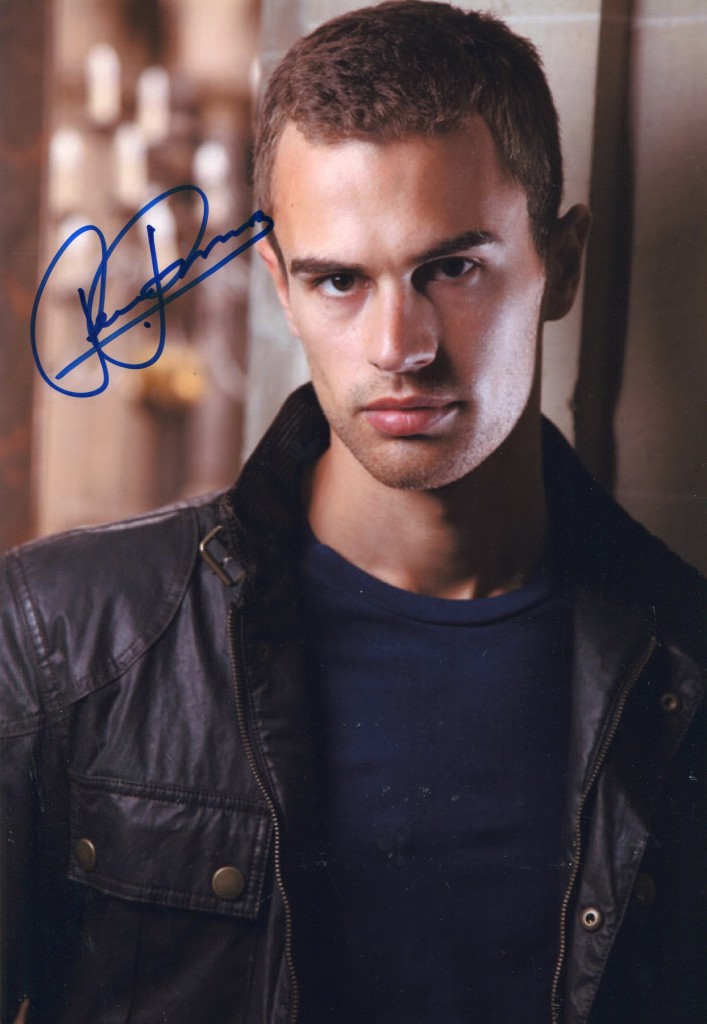

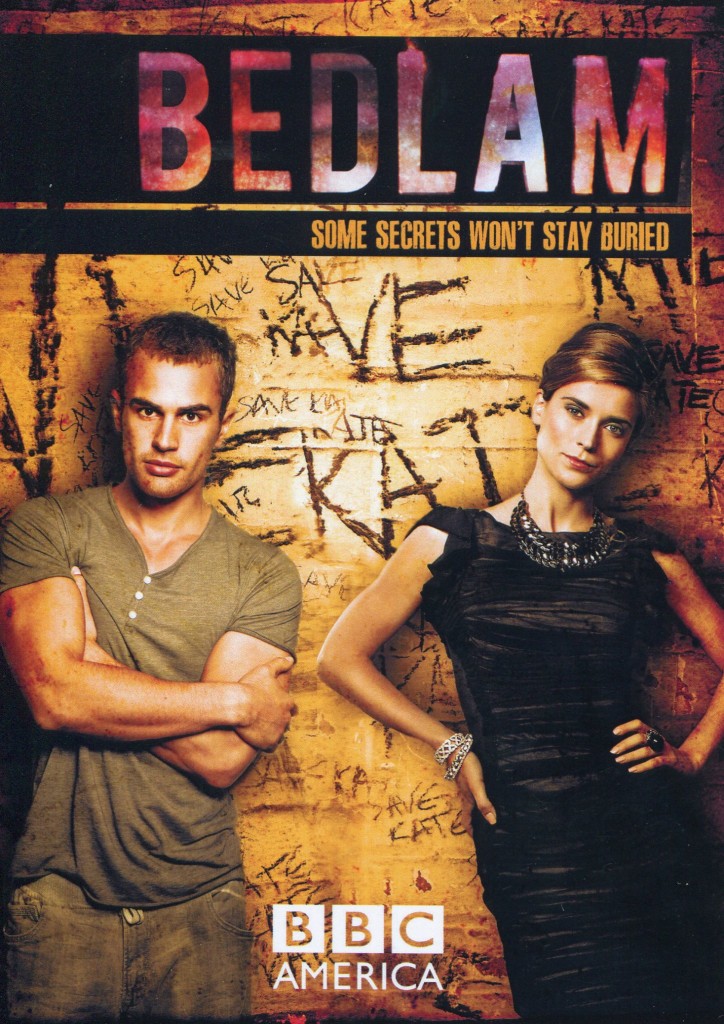
Theo James was born in 1984 in Oxford. He made his television debut opposite Billie Piper in “A Passionate Woman” in 2010. He was featured in “Downton Abbey” as Turkish diplomat Kemal Parnuk. He will be seen shortly in the televsion verion of John Braine’s “Room at the Top”. His films include “Red Tails” and “Underworld Awakening”.
TCM overview:
Theo James was part of the new wave of talented British actors storming American shores, snapping up sitcoms and starring roles in their wake. From clean cut Oxford boy to New York City cop, James proved his versatility on the procedural crime drama, “Golden Boy” (CBS, 2013-). Still a fresh face on the small screen, James made quite the impression on American audiences with a small but memorable role on the hugely popular period drama, “Downton Abbey.” (PBS, 2010-) James played the dashing young Turkish diplomat Kemal Pamuk, who deflowers the female lead and then promptly dies, giving a whole new meaning to the phrase, “la petite mort.” With his exotic features, it’s no surprise James passed for a foreign diplomat, although his heritage lies in Greece rather than Istanbul.
Born Theodore Peter J. K. Taptiklis, he goes by one of his many middle names, James. Son of Jane and Phillip Taptiklis, James was born on December 16, 1984 in Oxford, England. As a child he attended Aylesbury Grammar School and as a young adult, he pursued and earned a degree in philosophy from the University of Nottingham. After completing his undergraduate studies, he trained for the stage at Bristol Old Vic Theatre School, and from there, pursued acting outside of the stage. James made his television debut on the mini-series “A Passionate Woman” (BBC, 2010), starring opposite Billie Piper, of “Dr.Who” fame. In his final year of school, James was offered a small part in Woody Allen’s “You Will Meet a Tall Dark Stranger” (2010), alongside Hollywood heavyweights Anthony Hopkins, Naomi Watts and Josh Brolin. Not a bad start for a drama kid still in school.
After graduating, James appeared in six episodes of the horror series “Bedlam” (Sky Living, 2011), and earned a part as an insufferable nightclub representative in “The Inbetweeners Movie” (2011), a British film adaptation of the popular coming-of-age raunchy TV series akin to “Superbad” (2007). The actor then built up quite the resume, despite his relatively short tenure in the industry. His second Hollywood feature had him don his best leather to star opposite Kate Beckinsale in the vampire sequel, “Underworld: Awakening” (2012). As a fresh import to the States, James did his homework for his next role as a hotheaded, young detective rising up the ranks of the NYPD for the cop drama, “Golden Boy.” After logging some time in plenty of squad cars, the U.K. expat got a feel for how the boys in blue really operate.
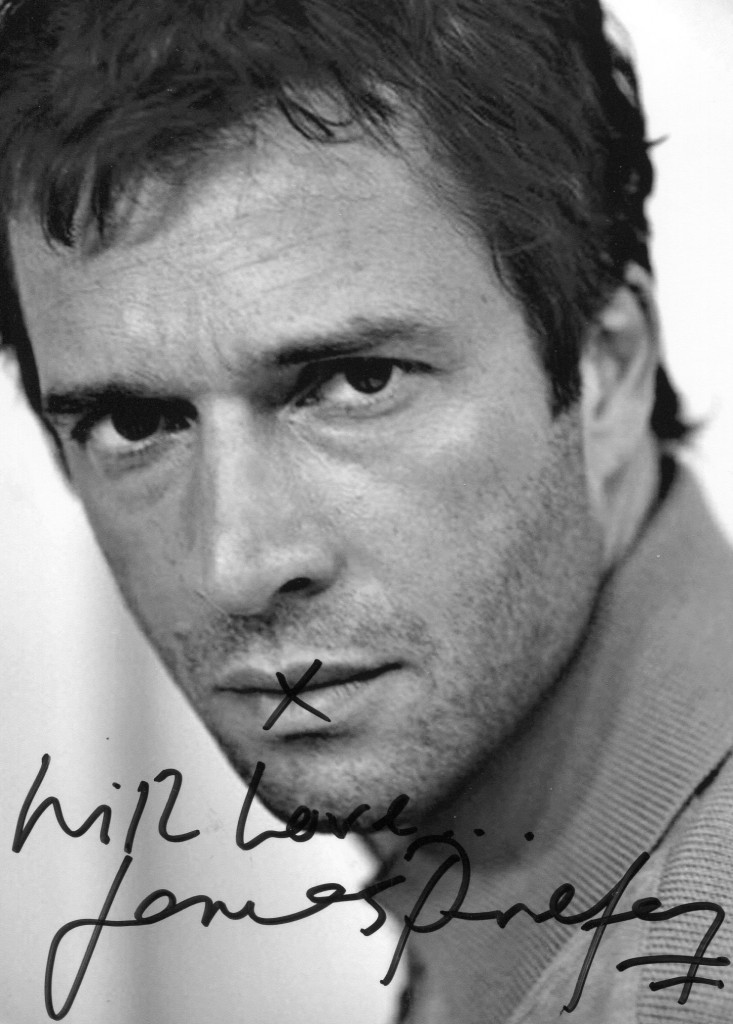
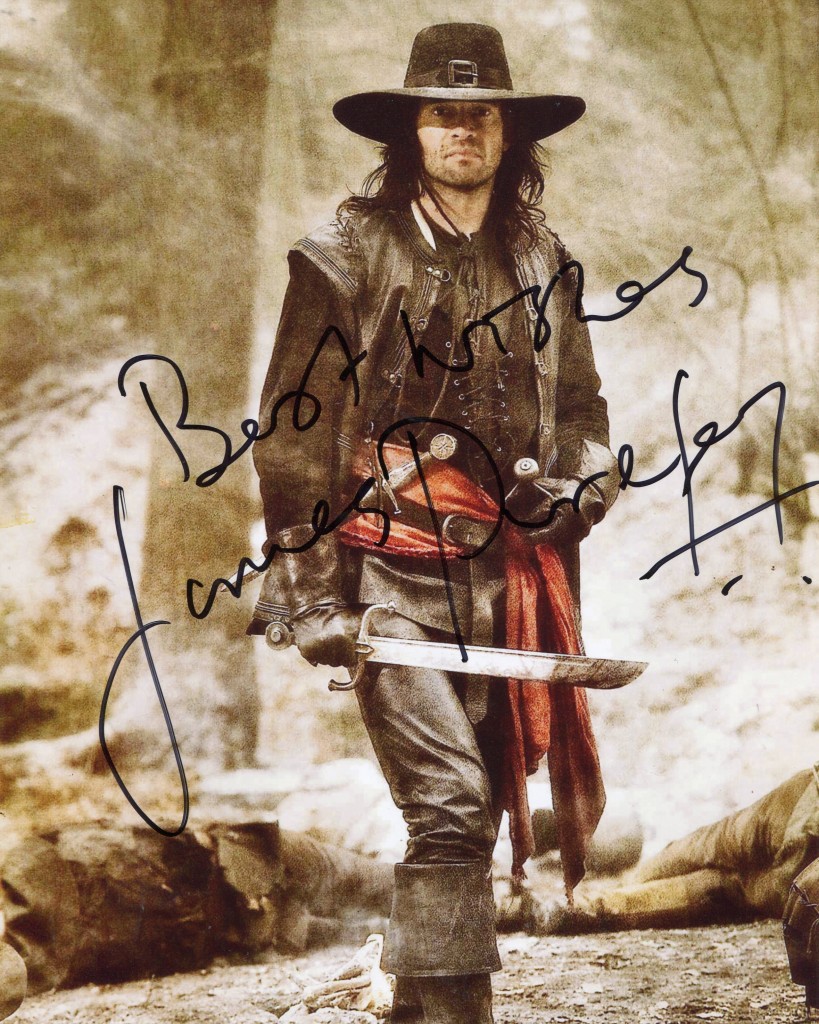
James Purefoy was born in 1964 in Taunton, Somerset. He joined the Royal Shakespeare Company in 1988. He has had an extensive stage career and in 2011 was one of the leads in “Flare Path” by Terence Rattigan at the London’s Theatre Royal, Haymarket. His movies include “Vanity Fair” and in 1999, “Mansfield Park”.
TCM overview:
A dashingly handsome, dark-haired actor hailing from Somerset, England, James Purefoy did extensive stage and television work in his native country beginning in the mid-1980s before breaking out with significant film roles at the close of the 90s. The performer made his professional acting debut as Alan Strang in a 1986 stage production of “Equus” and subsequently joined the Royal Shakespeare Company, where he was featured in productions including “The Tempest” and “Macbeth”. Looking to make the move to screen work, but finding little in the way of film roles, Purefoy began a successful television run with a co-starring role on the Granada-CV series “Coasting”, chronicling a theme park owned by two brothers in Blackpool. In 1991, he made his debut on American television when PBS broadcast “The Casebook of Sherlock Holmes” as a presentation of “Mystery!” His supporting role in the British miniseries “The Cloning of Joanna May” landed him back on the small screens of USA when it was aired on A&E in 1992, and the following year he was featured in the three-part miniseries “Calling the Shots” on PBS’ “Masterpiece Theatre.”
Purefoy made his feature acting debut in “Feast of July,” a period drama produced by Merchant Ivory. This debut didn’t immediately jump-start a film career, and Purefoy instead spent his time performing with the Birmingham Repertory Theatre and acting in television productions including the popular British period action series “Sharpe” and the British TV adaptation of “The Tenant of Wildfell Hall” (1996). He returned to the Royal Shakespeare Company to act in Simon Callow’s 1996 staging of “Les Enfants du Paradis.” The following year, he reappeared on British small screens with a co-starring role in the critically lauded miniseries “A Dance to the Music of Time.”
1998 saw the actor return to features with a pivotal supporting role as an appealingly rugged but sensitive heterosexual upon whom a gay acquaintance (Kevin McKidd) develops a crush in Rose Troche’s winning and fresh “Bedrooms & Hallways”. Becoming something of a crush object himself thanks to the charming role, Purefoy went against type and bulked up to play the downwardly spiraling drunk Tom Bertram in Patricia Rozema’s somewhat revisionist take on Jane Austen’s “Mansfield Park” (1999). The actor returned to the stage with “Four Knights in Knaresboro,” a dark comedy produced at Kilburn’s Tricycle Theatre the same year he was featured in the independents “The Lighthouse” and “Women Talking Dirty” (all 1999).
Purefoy kicked off 2000 with an appearance in the British miniseries “Metropolis” and made the most of a supporting turn as a seductive actor who strikes the fancy of the hormonal J ly Richardson in Ben Elton’s less-than-impressive feature directorial debut “Maybe Baby.” He again appeared on American television, portraying Carrasco in the TNT original “Don Quixote”, while his delightfully sincere supporting turn as the Black Prince of Wales suitably impressed with the skills of the lowly squire (Heath Ledger) in “A Knight’s Tale” (2001) introduced him to an even larger USA audience. A co-starring role in the eagerly-awaited action thriller “Resident Evil” (2002) would prove the actor’s breakthrough with the American audience. Later that year, he starred in the small screen remake of Thomas Hardy’s novel “The Mayor of Casterbridge” (A&E, 2003).
Purefoy next appeared in the European films “Photo Finish” (2003), “George and the Dragon” (2004) and “Blessed” (2004) before garnering much attention from Hollywood in his next role, playing Reese Witherspoon’s high-born lover Rawdon Crawley in director Mira Nair’s stylish 2004 adaptation of the classic William Thackery novel “Vanity Fair.” Purefoy was then cast as a regular in his first television series, portraying Marc Antony in HBO’s sprawling historical epic, “Rome” (2005- ). The role of the loyal foot soldier to Julius Caesar (Ciarán Hinds) gave Purefoy romantic notions of playing a noble character. But the truth, as always, was stranger than fiction. The real Marc Antony, however, was a wild man-a drunken party animal who enjoyed his women as much as battle-making the character “great fun to play.”
The above TCM overview can also be accessed online here.

Bernadette Peters was born in Queens, New York in 1948. A consummate theatrical performer she has also starred in such movies as “The Longest Yard” in 1974 with Burt Reynolds, “Silent Movie” with Mel Brooks in 1976 and “Pink Cadillac” with Clint Eastwood in 1989.
TCM overview:
Instantly recognizable for her curly red hair and porcelain doll features, Bernadette Peters was already a seasoned theater actress when she broke through with 1968’s “Dames at Sea.” Her critical triumphs as the star of a series of stage musicals earned her multiple Tony and Drama Desk Awards, and she earned an amazing track record with acclaimed turns in “Song and Dance,” “Sunday in the Park with George,” “Into the Woods,” “Annie Get Your Gun,” “Gypsy” and “A Little Night Music,” earning a reputation as the premier interpreter of Stephen Sondheim. Romantically linked to Steve Martin for several years, Peters achieved great success onscreen as well, starring in Mel Brooks’ “Silent Movie” (1976), the comedy classic “The Jerk” (1979), “Annie” (1982) and “Pennies from Heaven” (1981), winning a Golden Globe for the latter. Gifted with impeccable comic timing, a powerful voice, and a unique charisma, Peters became one of musical theater’s most loved and recognizable ambassadors, appearing in many variety shows, tributes and filmed performances that increased mainstream interest in theater. Even audiences resistant to Broadway’s charms could appreciate Peters in popular roles such as the sorceress Circe in “The Odyssey” (NBC, 1997) or as Brandy’s wickedly bitchy stepmother in “Rodgers and Hammerstein’s Cinderella” (ABC, 1997). Working steadily and to enormous acclaim across the entire entertainment spectrum, Bernadette Peters was universally hailed as one of the greatest musical theater performers of all time, if not the all-time greatest.
Born Feb. 28, 1948 in Ozone Park, Queens, NY, Bernadette Lazzara was the daughter of her bread delivery truck driver father, Peter, and a showbiz-savvy mother, Marguerite. (She would later take a form of her father’s first name as her stage name.) Thanks to her mother’s machinations, the young girl with the powerhouse voice made appearances on several game shows and local children’s programming, including “Juvenile Jury” (NBC, 1947-1954; BET, 1983-84; syndicated, 1970-71, 1989-1991). After these first steps, Peters quickly revealed an innate talent for showmanship, notching several impressive professional credits before she was a teenager, including roles in “A Boy Called Ciske” (NBC, 1958) as well as 1959’s musical “The Most Happy Fella.” A small role in the second national touring company of “Gypsy” introduced Peters to Marvin Laird, who would become her longtime accompanist, conductor and arranger after he overheard her singing to herself and marveled at her immense talent.
Ascending through the theatrical ranks, Peters gained invaluable experience in a variety of plays and musicals, and after graduating high school, she landed work in several off-Broadway musicals, including 1966’s “The Penny Friend” and 1967’s “Curley McDimple.” That same year, she debuted on Broadway in “Johnny No-Trump” and won a Theatre World Award opposite Joel Grey in 1968’s “George M!” Her performance as the show-saving ingénue Ruby in the 1968 parody musical “Dames at Sea” sealed her stardom, earning her a Drama Desk Award and a wealth of critical acclaim. A newly minted Broadway star, she starred in 1969’s “La Strada,” 1971’s “On the Town” and 1974’s “Mack and Mabel,” receiving Tony nominations for the latter two.
Hollywood beckoned, and Peters began to systematically accrue screen credits, including appearing in the TV movie version of the musical “Once Upon a Mattress” (CBS, 1972) and playing a sexy but easily duped prison secretary in the Burt Reynolds comedy smash “The Longest Yard” (1974). A comedic dynamo with a wicked intelligence glowing from behind her ringlet curls and porcelain doll face, Peters proved a natural fit as Mel Brooks’ leading lady in his comedy “Silent Movie” (1976) and calibrated her talents to the perfect whacko wavelength to romance Steve Martin in “The Jerk” (1979). A scene in which Peters and Martin, who were dating in real life, earnestly but goofily warble “Tonight You Belong to Me” to each other showcased both performers at the peak of their comedic powers. Many viewers fell in love with Peters during one of her many performances as a staple guest on variety programming during this time, with her Emmy-nominated guest spot on “The Muppet Show” (syndicated, 1976-1981) proving a highlight.
She notched a Top 40 hit with the single “Gee Whiz” in 1980, but she proved most effective as a vocalist when her singing and acting merged on stage or on screen. Perhaps Peters’ best feature performance came as a frustrated schoolteacher in love with a traveling salesman (Steve Martin) in Herbert Ross’ stylish, underrated “Pennies from Heaven” (1981), a throwback to 1930s movie musicals. For her work in the film, she won a Best Actress Golden Globe and that same year, hosted an episode of “Saturday Night Live” (NBC, 1975) as well as posing for the December issue of Playboy wearing Bob Mackie-designed lingerie. Although her follow-up, the film version of the beloved musical “Annie” (1982), was not the enormous blockbuster Hollywood hoped for, Peters stole the show from co-stars Tim Curry and Carol Burnett as Lily St. Regis, Curry’s delightfully tacky moll intent on kidnapping America’s most optimistic orphan (Aileen Quinn). Despite her success on the West Coast, Peters heeded the siren song of New York and returned to appear in the 1982 off-Broadway dramedy “Sally and Marsha,” for which she earned a Drama Desk Award nomination.
In 1984, she appeared in the first of two Stephen Sondheim/James Lapine musicals, the experimental “Sunday in the Park with George.” Playing a dual role as the lover of artist Georges Seurat (Mandy Patinkin) and her elderly descendent, Peters delivered an incandescent, Tony-nominated performance. A 1986 PBS recording of the performance earned the actress a CableACE Award. Many fans and critics believed that Peters was overdue for earning Broadway’s highest honor, and were happy to see her nail the demanding female lead role in Andrew Lloyd Webber’s 1985 hit, “Song and Dance.” Playing an English girl adrift in America, Peters was onstage alone for the first act, singing nearly 20 numbers depicting various stories and aspects of the character’s life. For her powerhouse performance, she won the Tony for Best Leading Actress in a Musical and a reputation for being musical theater’s premier leading lady.
A longtime muse of Sondheim’s, Peters was universally acclaimed as perhaps the greatest interpreter of the famed composer/lyricist’s work; she created the role of the Witch in the Sondheim/Lapine 1987 collaboration “Into the Woods” to rave reviews and a Drama Desk nomination. That same year, she was named Harvard’s Hasty Pudding Woman of the Year as well as the Sarah Siddons Actress of the Year. (Almost 10 years later, she would be the youngest person ever inducted into the Theatre Hall of Fame.) The actress returned to film work playing a disaffected hat designer in the downtown New York art scene ensemble “Slaves of New York” (1989), starring opposite Clint Eastwood in the dramedy “Pink Cadillac” (1989), and essaying the imperious mistress of Franz Liszt in James Lapine’s “Impromptu” (1990).
She would find more success on television, however, winning raves for her turns as the mother of a kidnapped child in the powerful “David” (ABC, 1988), as colorful televangelist Tammy Faye Bakker 0opposite Kevin Spacey as Jim Bakker in the biopic “Fall From Grace” (NBC, 1990), and as a cancer patient befriended by her psychologist (Mary Tyler Moore) in “The Last Best Year” (ABC, 1990). Younger viewers also benefited from the talents of this vocal chameleon as she voiced the breathy Rita in a series of recurring appearances on Steven Spielberg’s well-regarded cartoon “Animaniacs” (Fox, 1993-95; The WB, 1995-98) as well as a loyal lady-in-waiting in Don Bluth’s fantasy-based-in-fact cartoon musical “Anastasia” (1997).
Peters returned to Broadway in the ill-fated 1994 stage version of Neil Simon’s “The Goodbye Girl,” but garnered her second Tony and third Drama Desk Award as a goofy, goodhearted Annie Oakley in the 1999 Broadway revival of “Annie Get Your Gun.” The lure of Hollywood remained strong, and she essayed memorable turns as a series of powerful women: the sorceress Circe in Homer’s epic “The Odyssey” (NBC, 1997), the deliciously wicked stepmother to actress-singer Brandy in “Rodgers and Hammerstein’s Cinderella” (ABC, 1997), and a country singer who mentors the up-and-coming LeAnn Rimes in “Holiday in Your Heart” (ABC, 1997). For her recurring role as a woman seeking a divorce after her husband paid someone to seduce her on “Ally McBeal” (Fox, 1997-2002) Peters earned her second Emmy nomination.
Many viewers who did not have the opportunity to see Peters on Broadway were able to see her work her theatrical magic in several performing arts specials such as the star-studded “Sondheim: A Celebration at Carnegie Hall” (PBS, 1992), “Hey Mr. Producer!: the Musical World of Cameron Mackintosh” (PBS, 1998) and “Quincy Jones: the First 50 Years” (ABC, 1998). She co-starred with Christina Applegate and Martin Short in the likable fairy tale-inspired “Prince Charming” (TNT, 2001) and earned a Daytime Emmy nomination for her work in “Bobbie’s Girl” (Showtime, 2002). Back on the big screen, Peters played Michael Douglas’ wife in the dramedy “It Runs in the Family” (2003), but the most impressive next chapter in her career came as Mama Rose in the 2003 Broadway revival of “Gypsy.” Considered by many critics to be one of the finest Broadway performances of all time, Peters managed to deliver a complex and radically new take on the legendary stage mother, earning another Tony nomination as well as the best accolades of her career.
In addition to her six solo albums, including the Grammy-nominated Bernadette Peters Loves Rodgers & Hammerstein, Sondheim Etc.: Bernadette Peters Live At Carnegie Hall and I’ll Be Your Baby Tonight, Peters added yet another of her Grammy-winning Broadway cast albums to her discography with the release of Gypsy. Television continued to provide juicy roles for the actress, who impressed on the breast cancer research drama “Living Proof” (Lifetime, 2008) and in guest spots on “Grey’s Anatomy” (ABC, 2005- ) as well as a recurring role on “Ugly Betty” (ABC, 2006-2010). Showered with awards and honors, Peters received a star on the Hollywood Walk of Fame. Along with her immense success giving concerts, she also branched out into writing children’s books to support Broadway Barks, an annual star-studded pet adoption event she and Mary Tyler Moore co-founded. In a lovely bit of serendipity, the multi-hyphenate talent who performed for Stephen Sondheim at his 1993 Kennedy Center Honors ceremony not only replaced Catherine Zeta-Jones in a 2010-11 Broadway revival of the composer’s “A Little Night Music,” but also won the Stephen Sondheim Award in 2011 and performed in Sondheim’s musical “Follies” during the summer of 2011. Back on the small screen, Peters appeared on a pair of episodes of the Broadway-themed “Smash” (NBC, 2012- ), playing a former actress as well as the mother of Ivy Lynn (Megan Hilty).
By Jonathan Riggs

Ruth Bradley was born in 1987 in Dublin. In 2007 she starred in the film “Stardust” followed ib “In Her Skin”. She is in the series “Primeval”.
IMDB entry:
Ruth Bradley was born on January 24, 1987 in Dublin, Ireland. She is an actress, known for Grabbers (2012), Flyboys (2006) and In Her Skin (2009). When she was 18 she went to Trinity College Dublin to study drama and languages. After three weeks she dropped out of student life knowing that that lifestyle wasn’t for her. She then moved to London to pursue acting full time. Her mother is IFTA winning actress Charlotte Bradley. She lived in Newfoundland Canada until she was five and then moved to Ireland. Her sister is IFTA nominated actress Roisin Murphy. Bradley’s first screen appearance’s were in 2002 in Ultimate Force (as Georgia Gracey) and Sinners (as Angela). Bradley won the IFTA Award for Best Supporting Actress in 2007 for “Stardust”. Bradley won a Best Actress award at the Milan International Film Festival for her performance in “In Her Skin” (2010
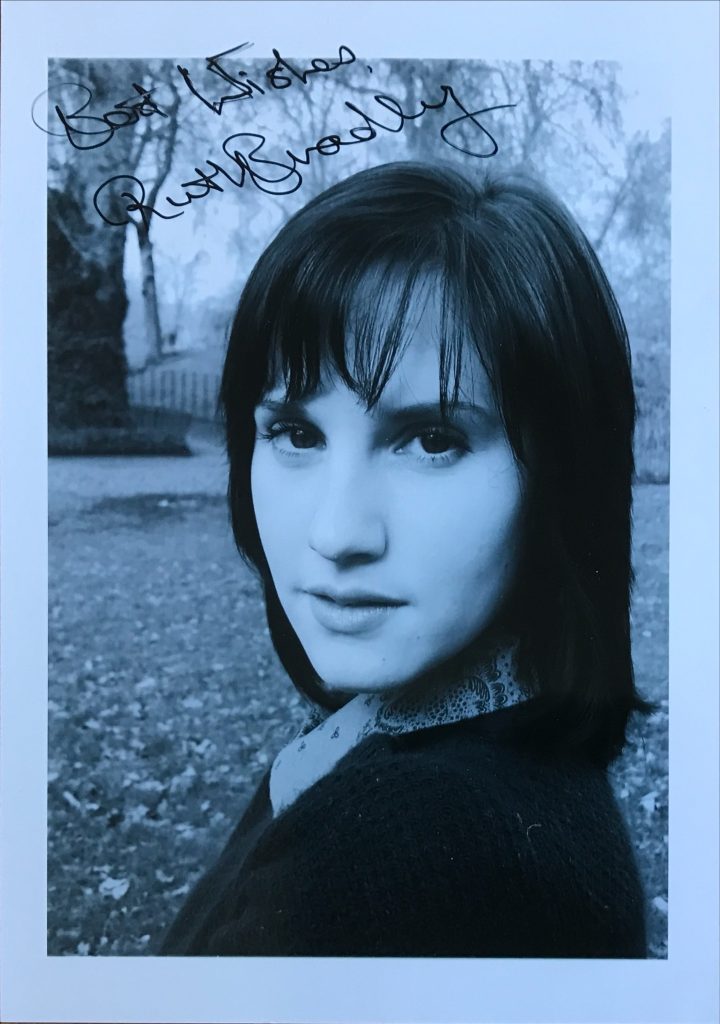
Anyone who knows me are aware that I am a bit of a movie buff. Over the past few years I have been collecting signed photographs of my favourite actors. Since I like movies so much there are many actors whose work I like.